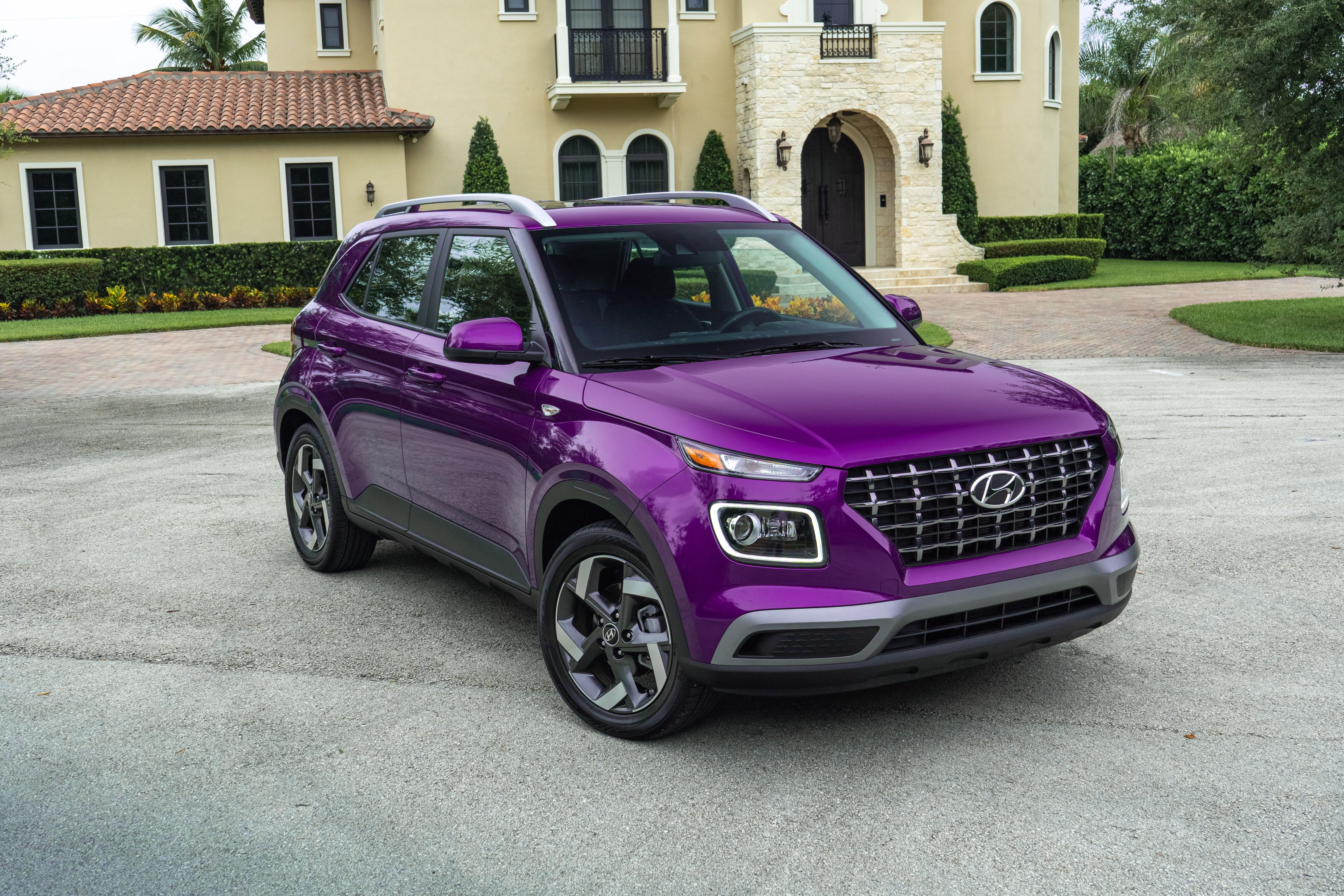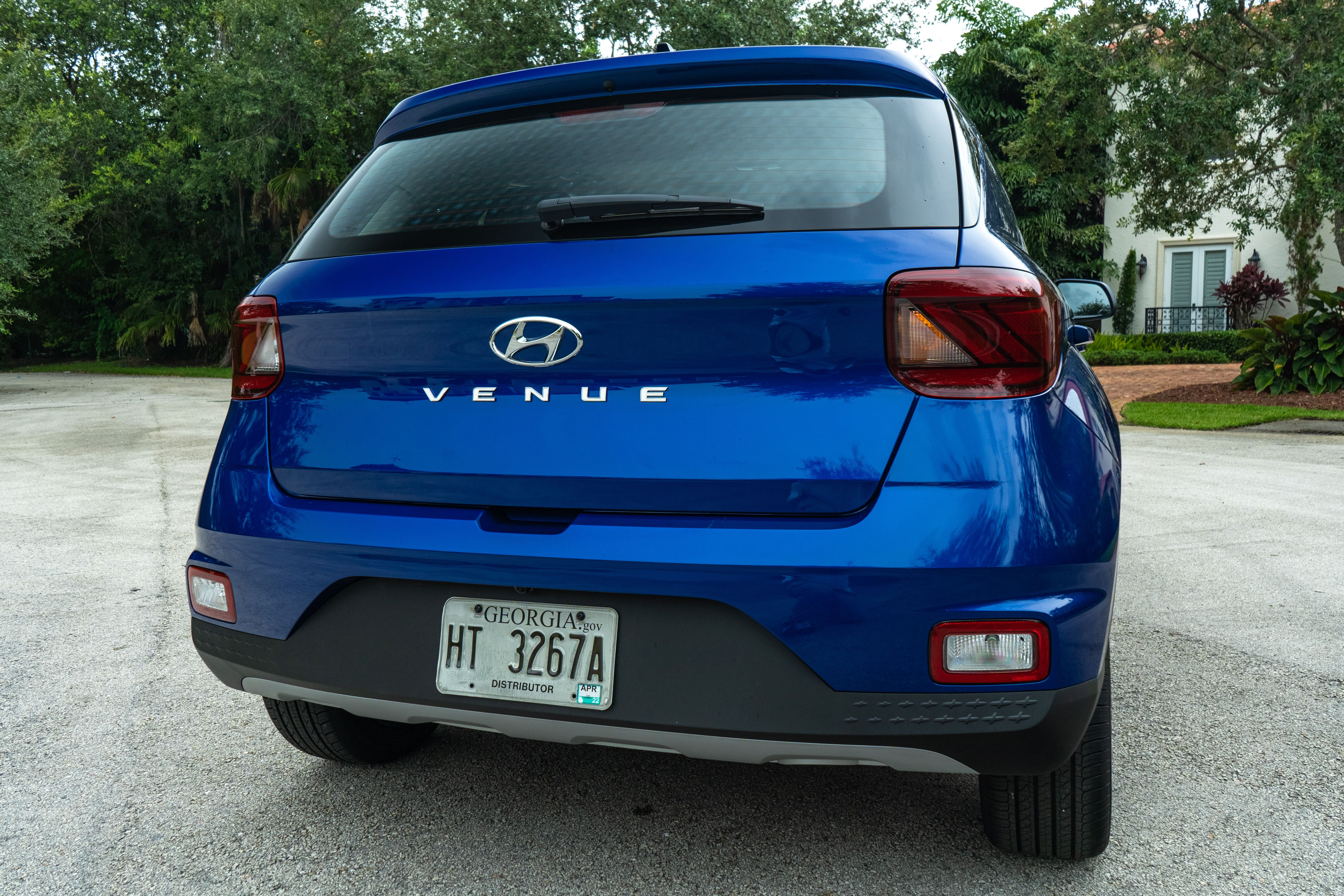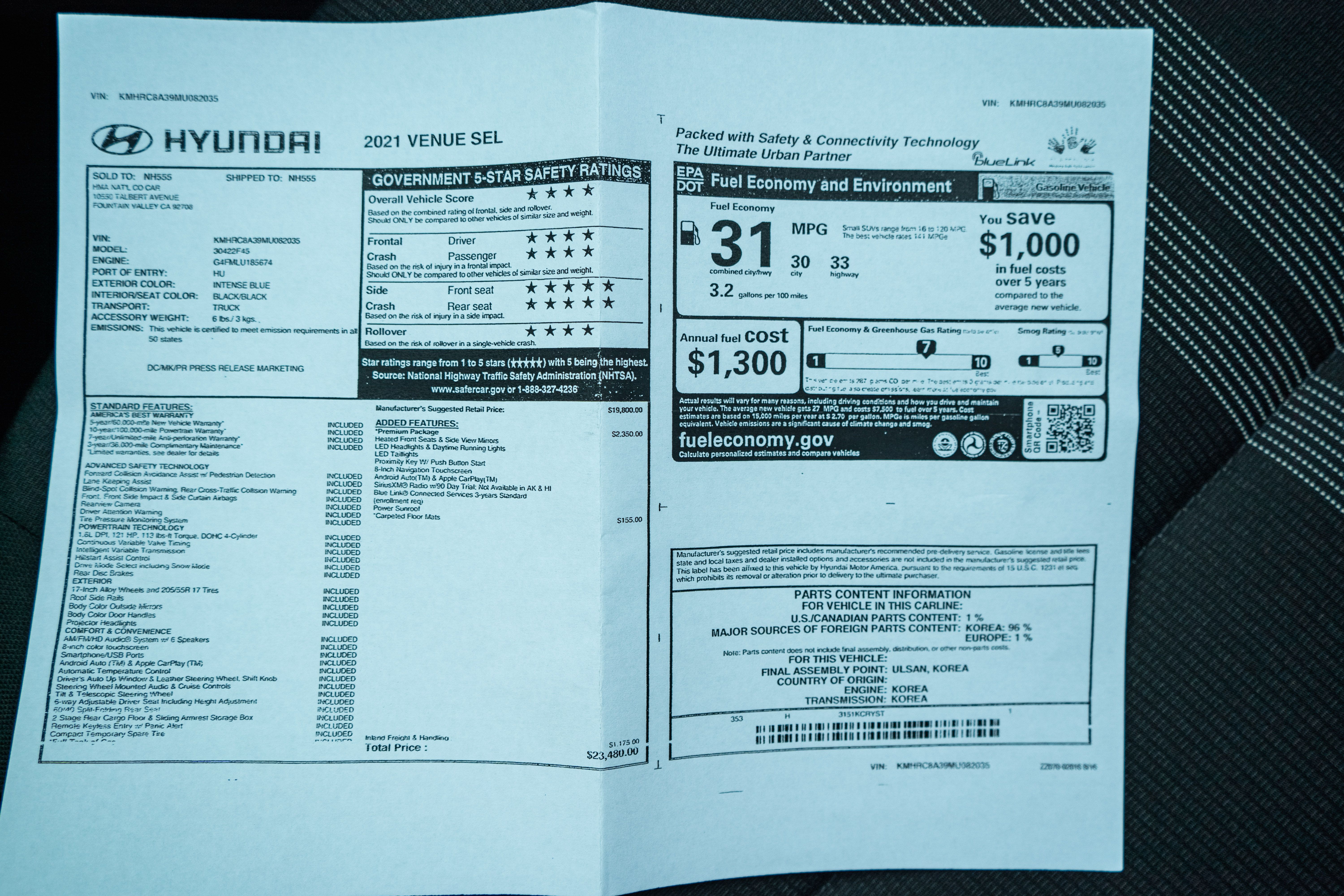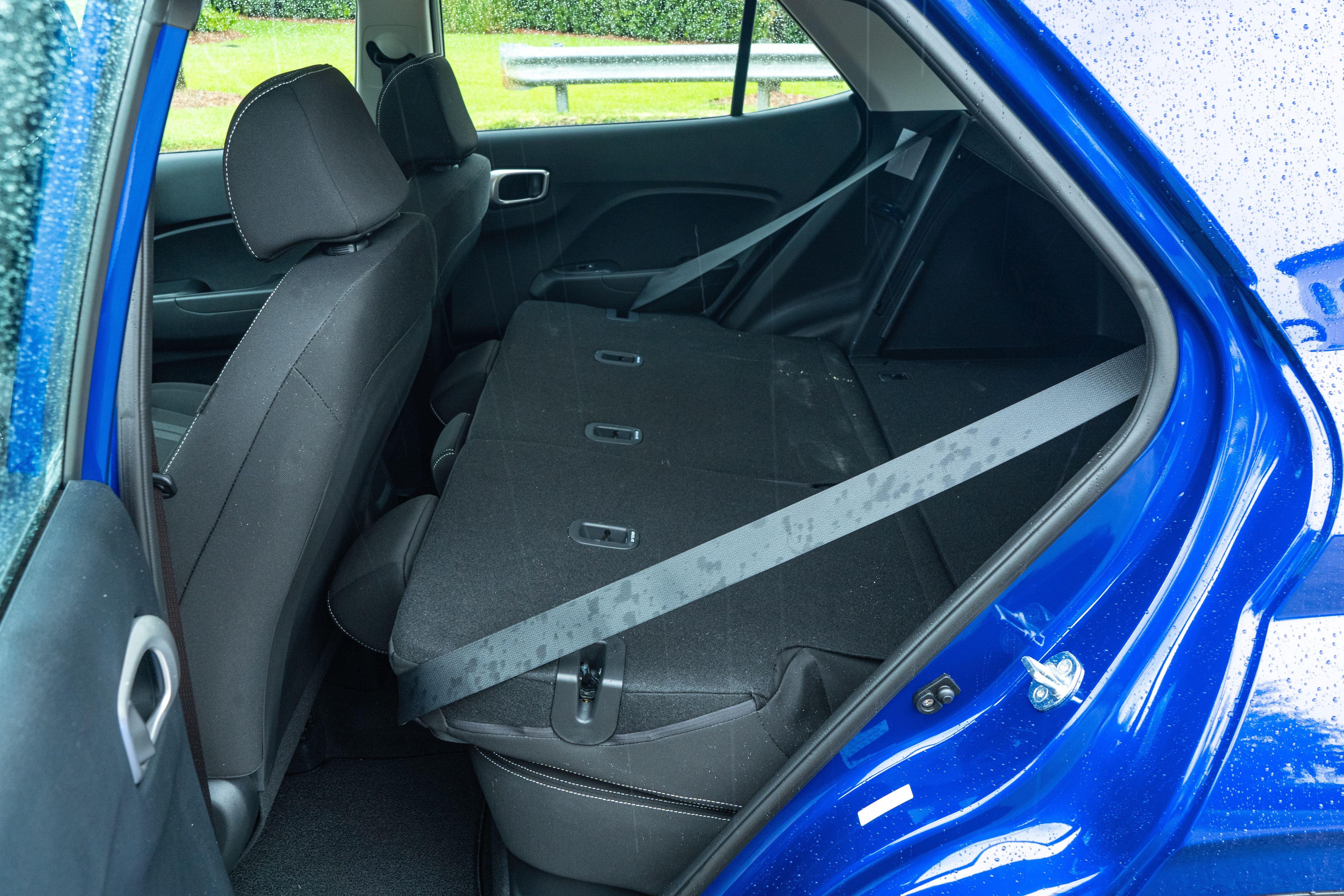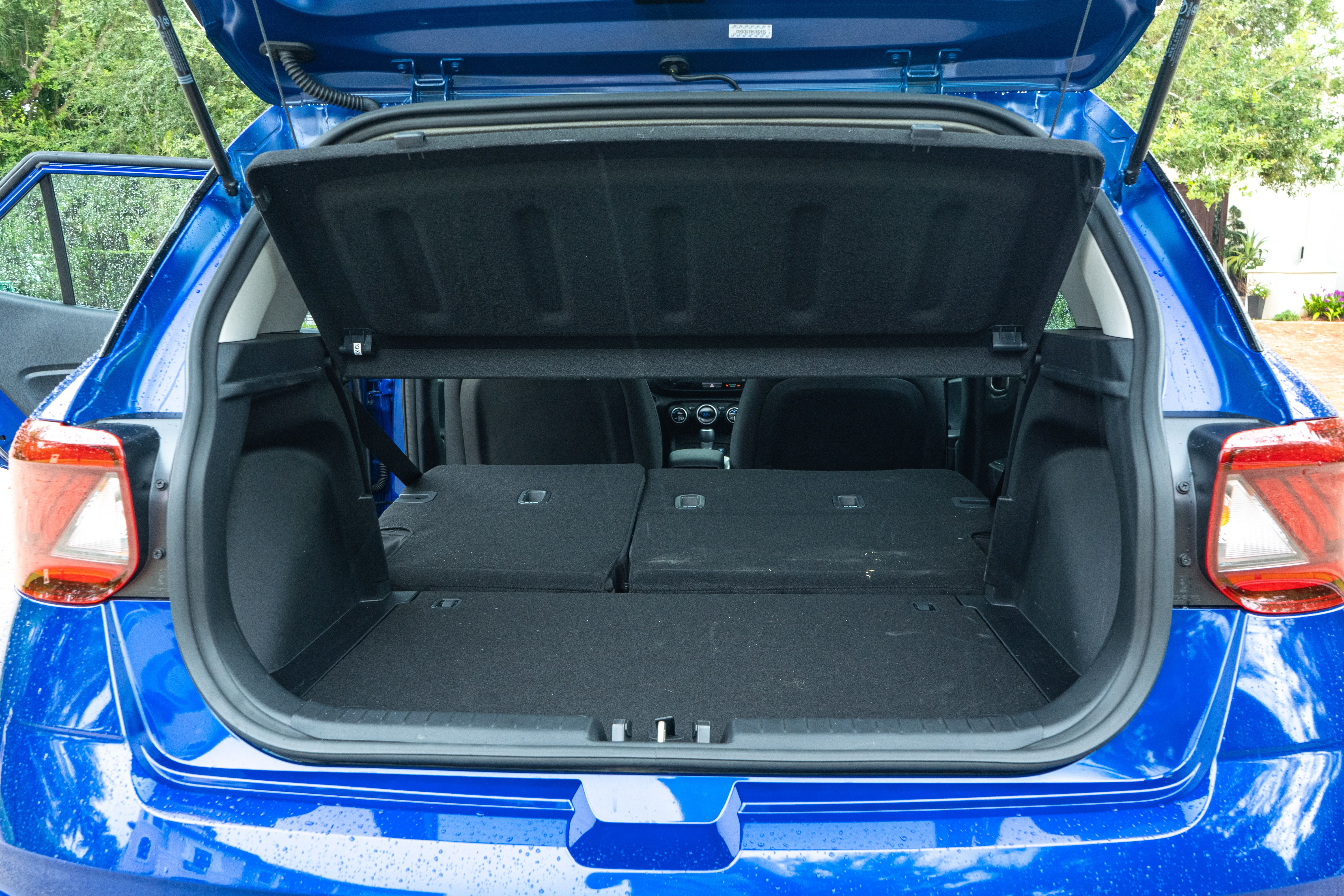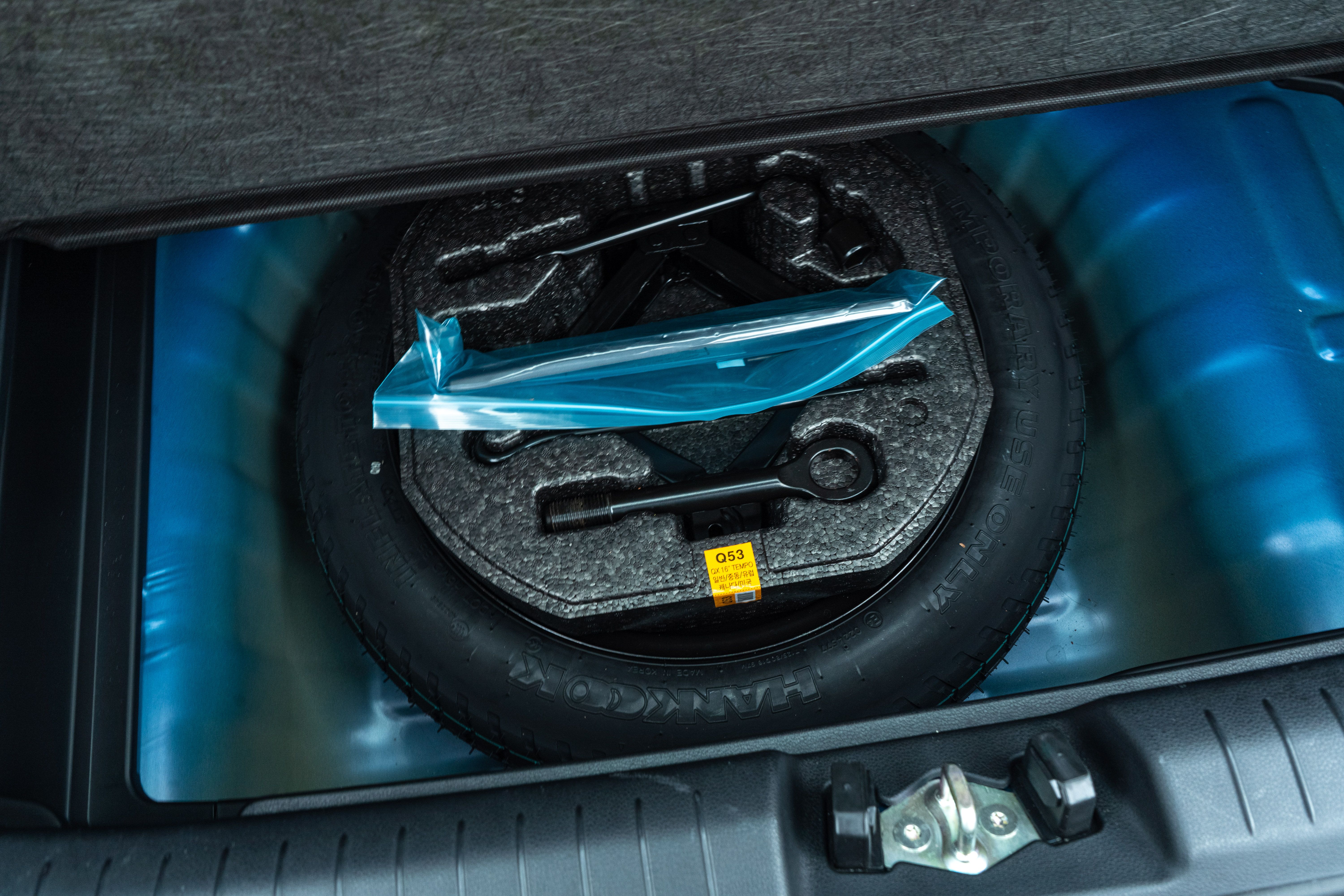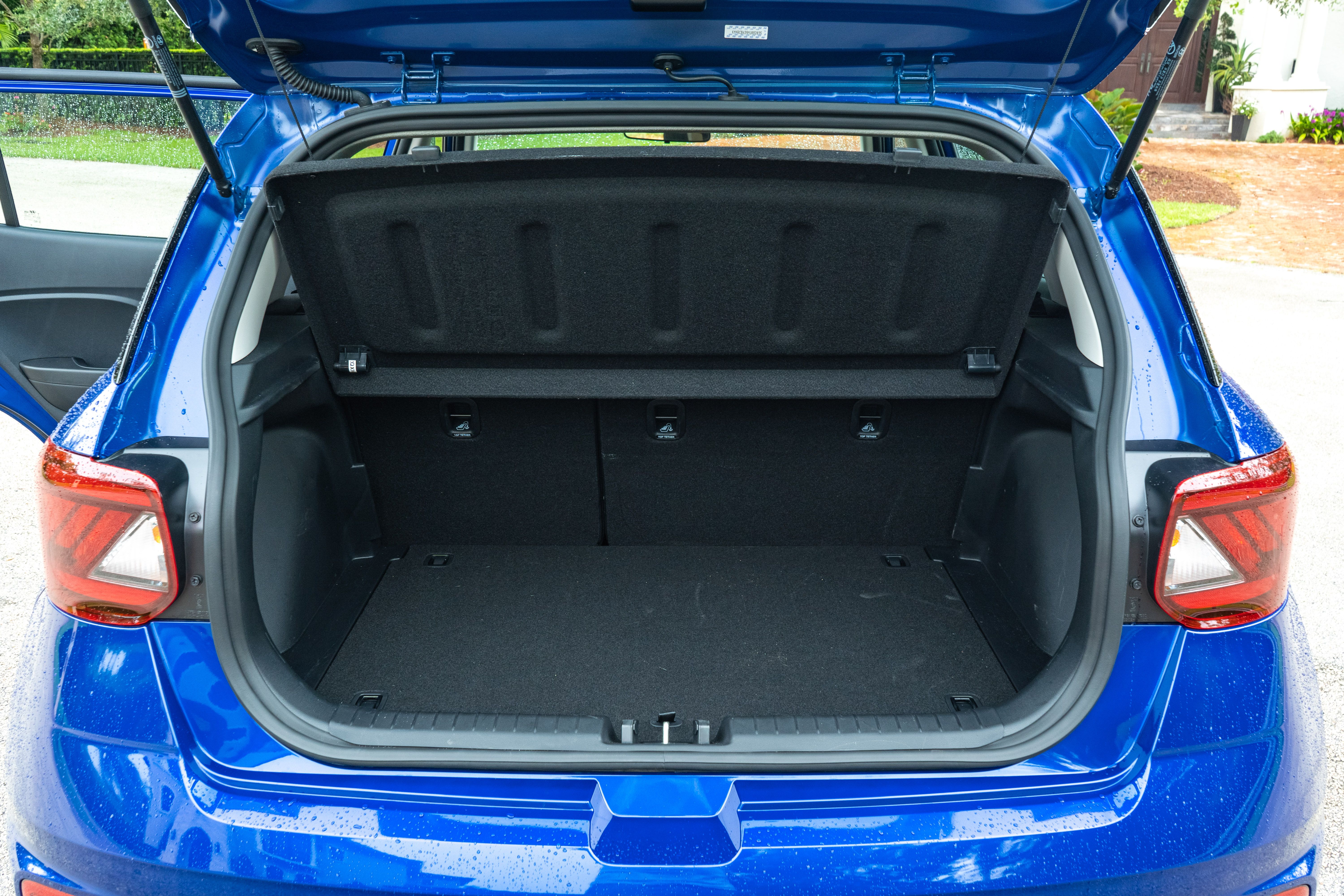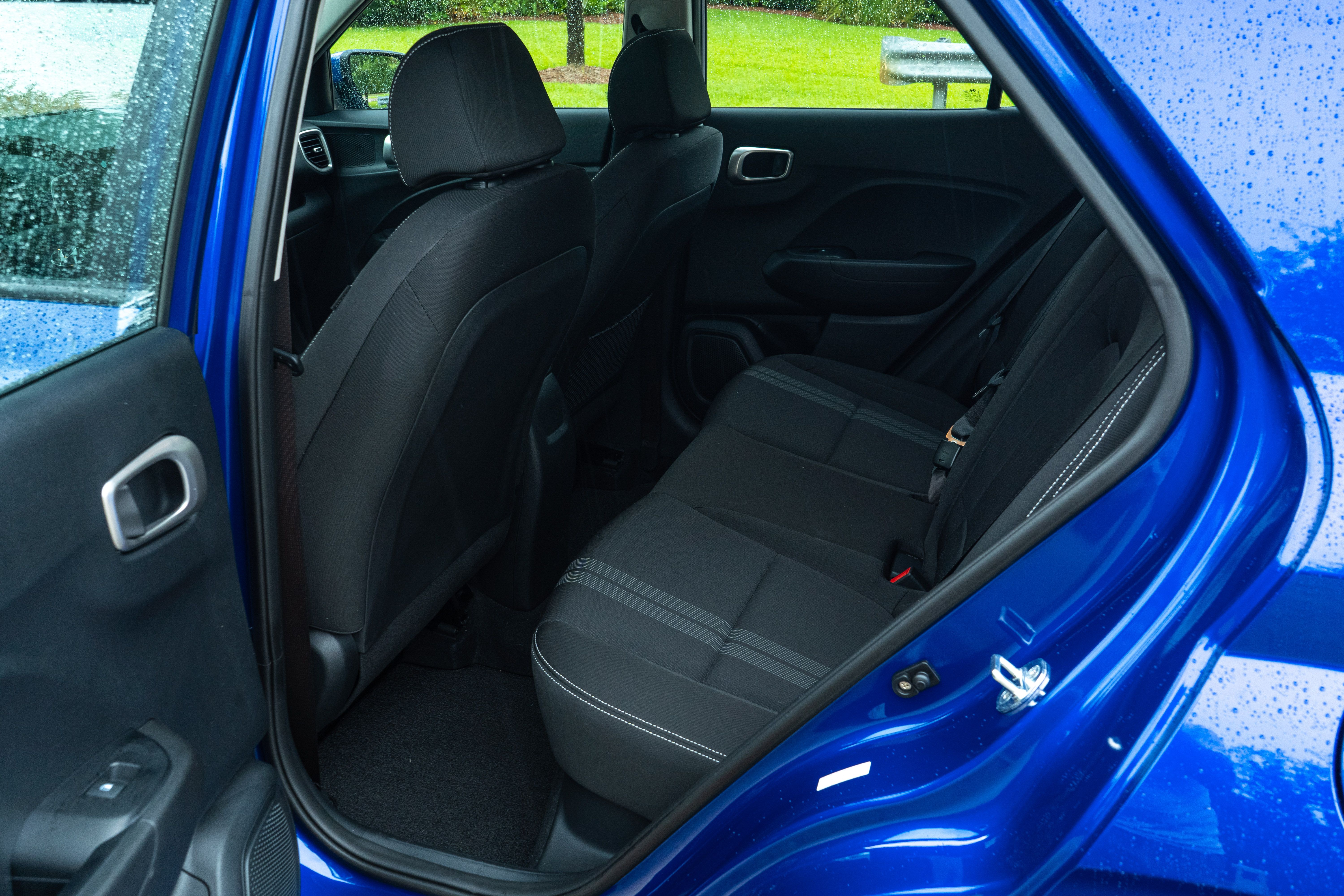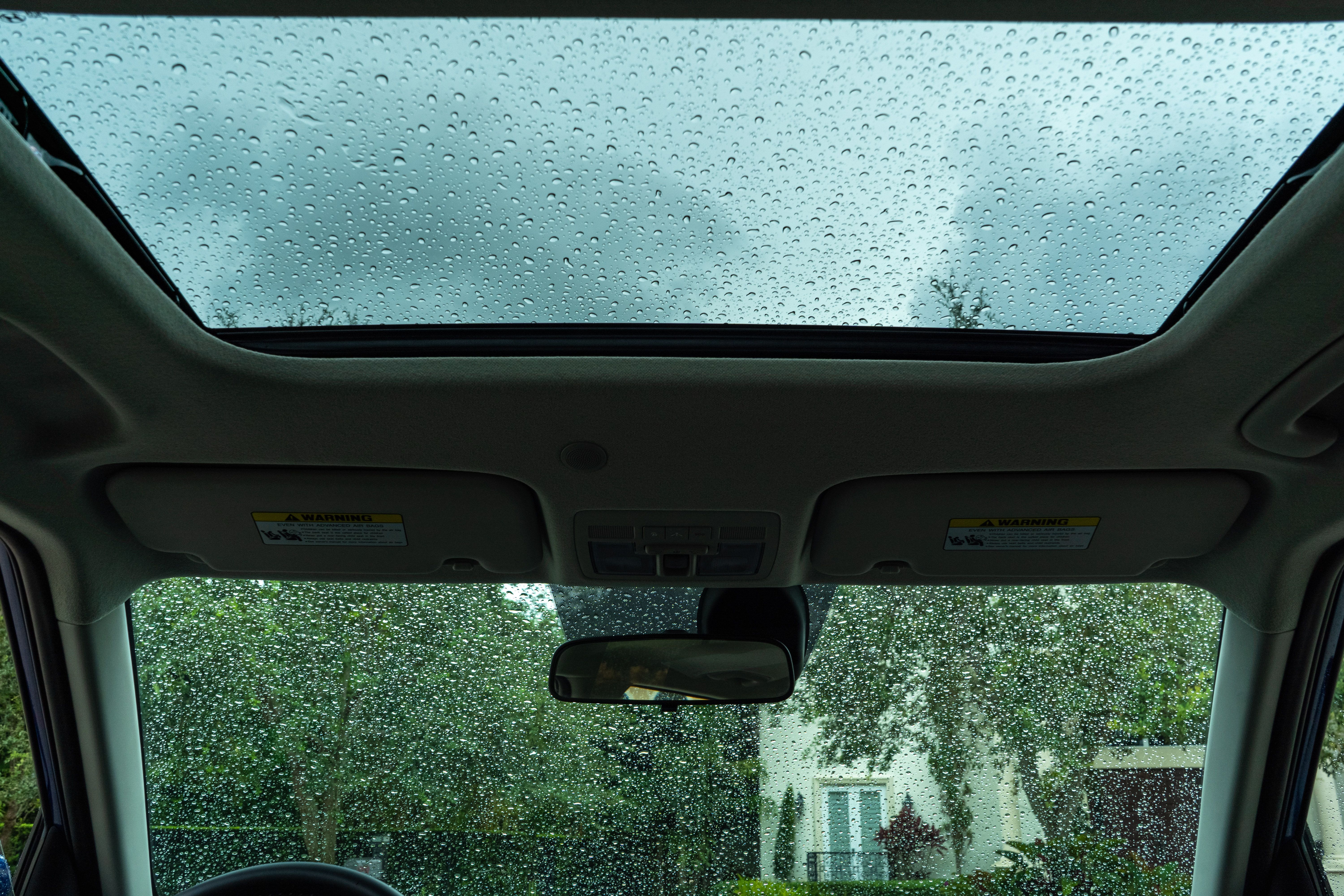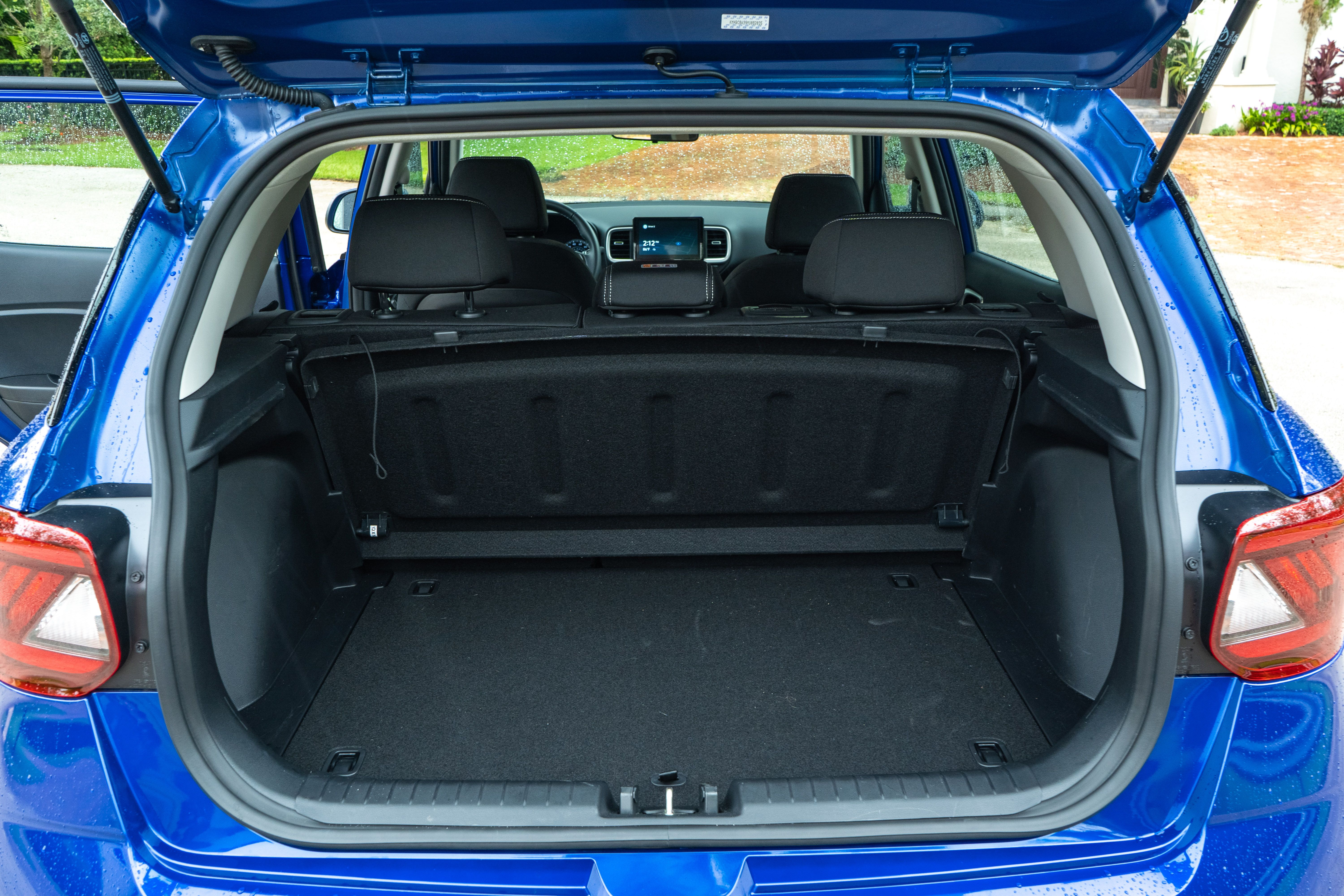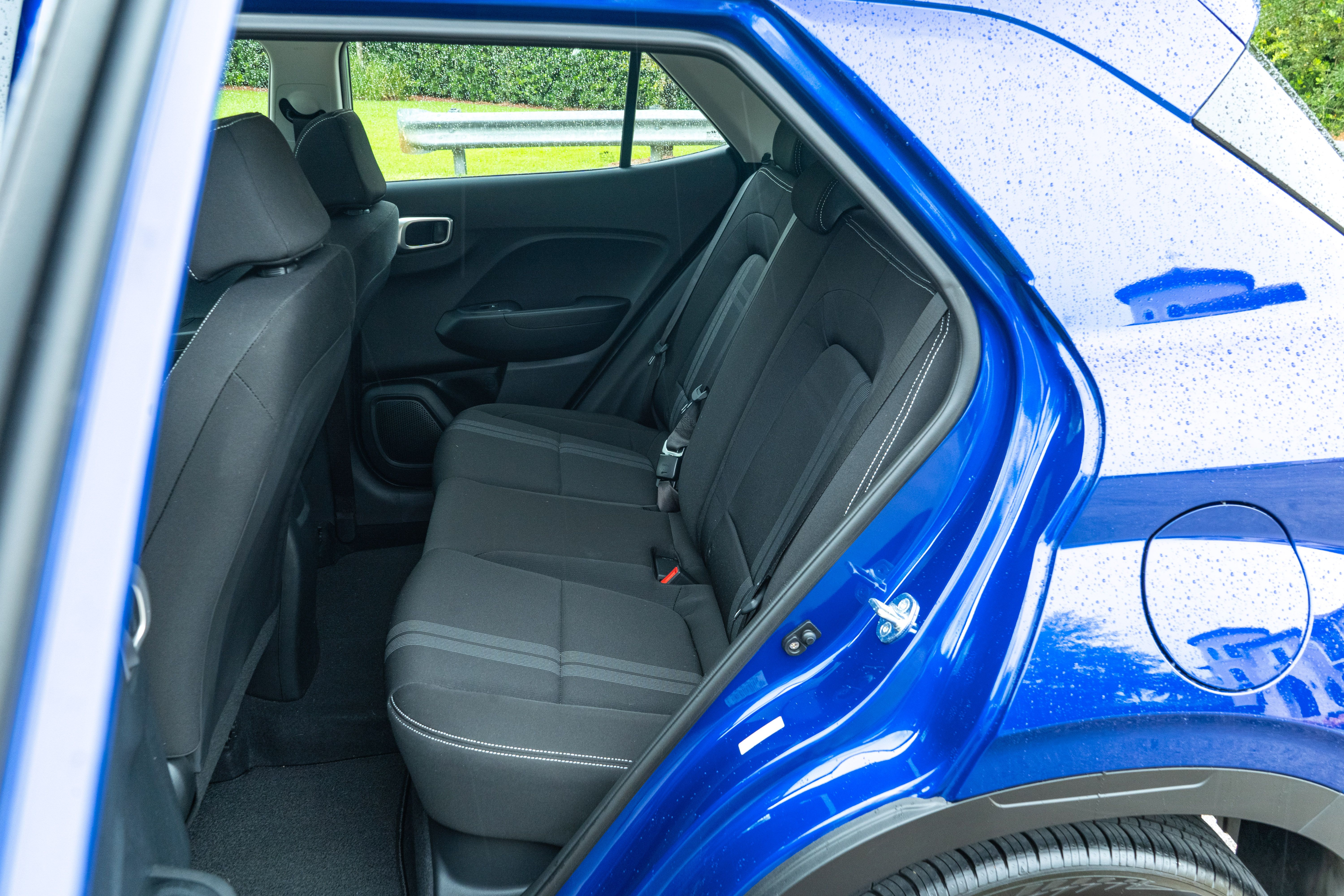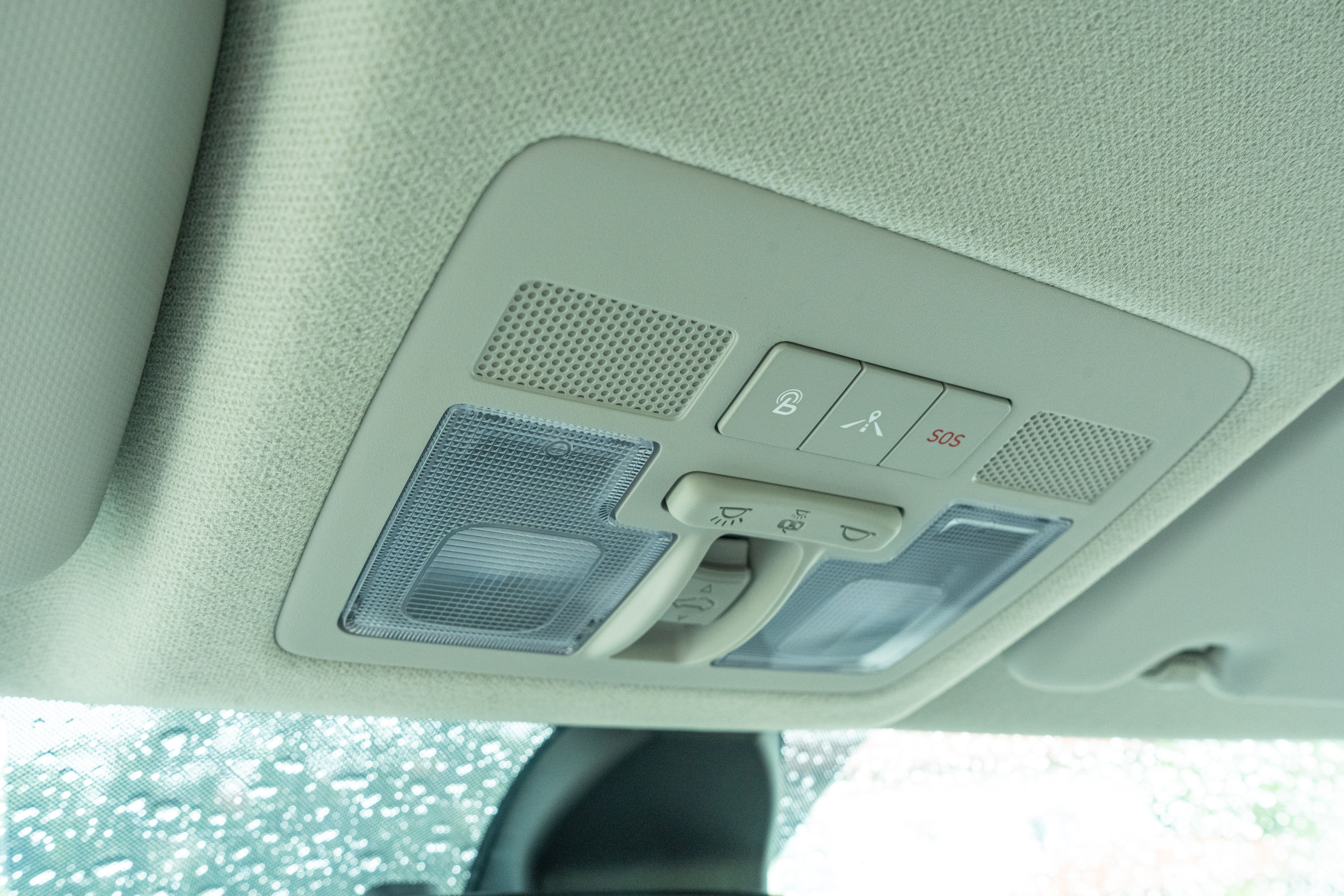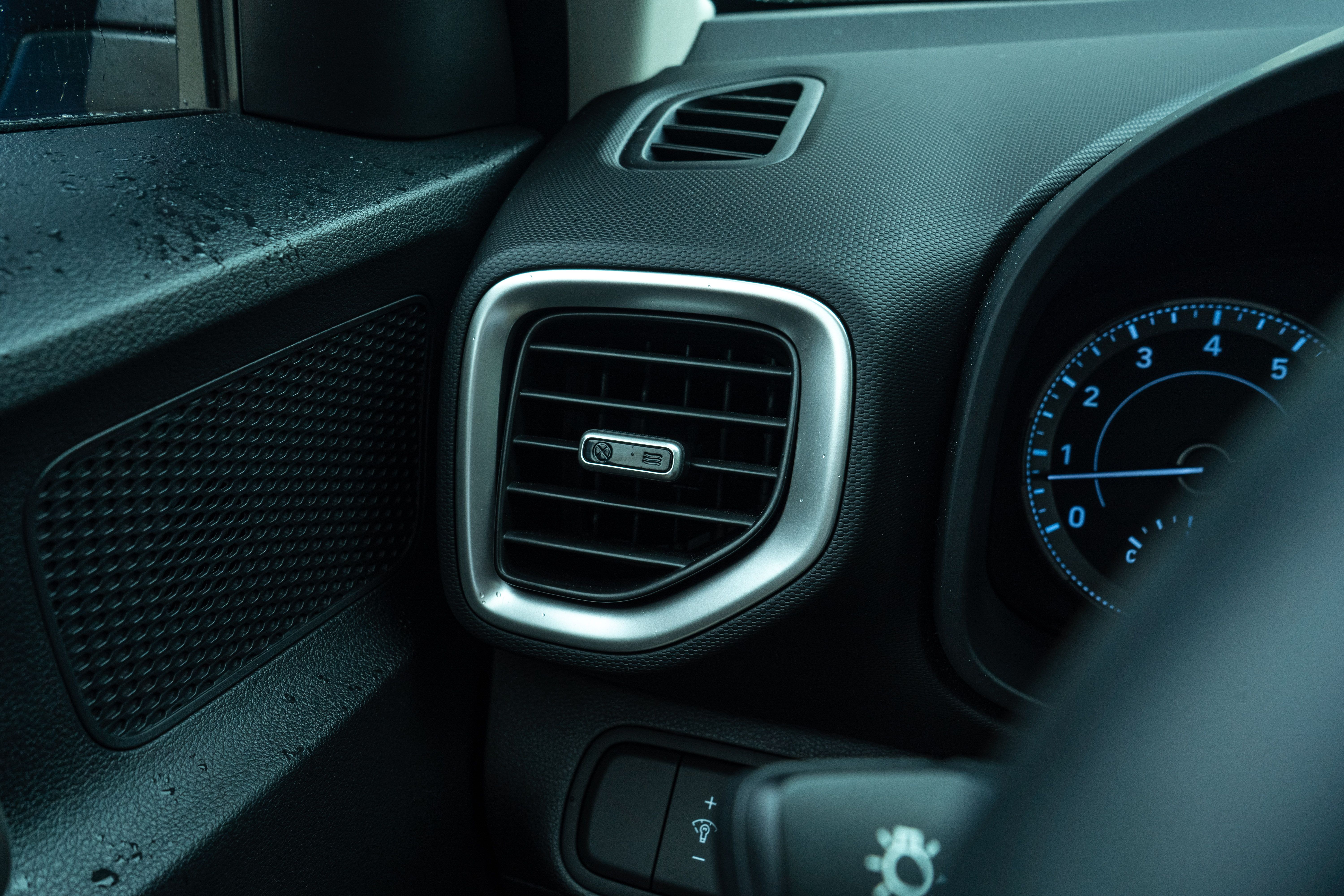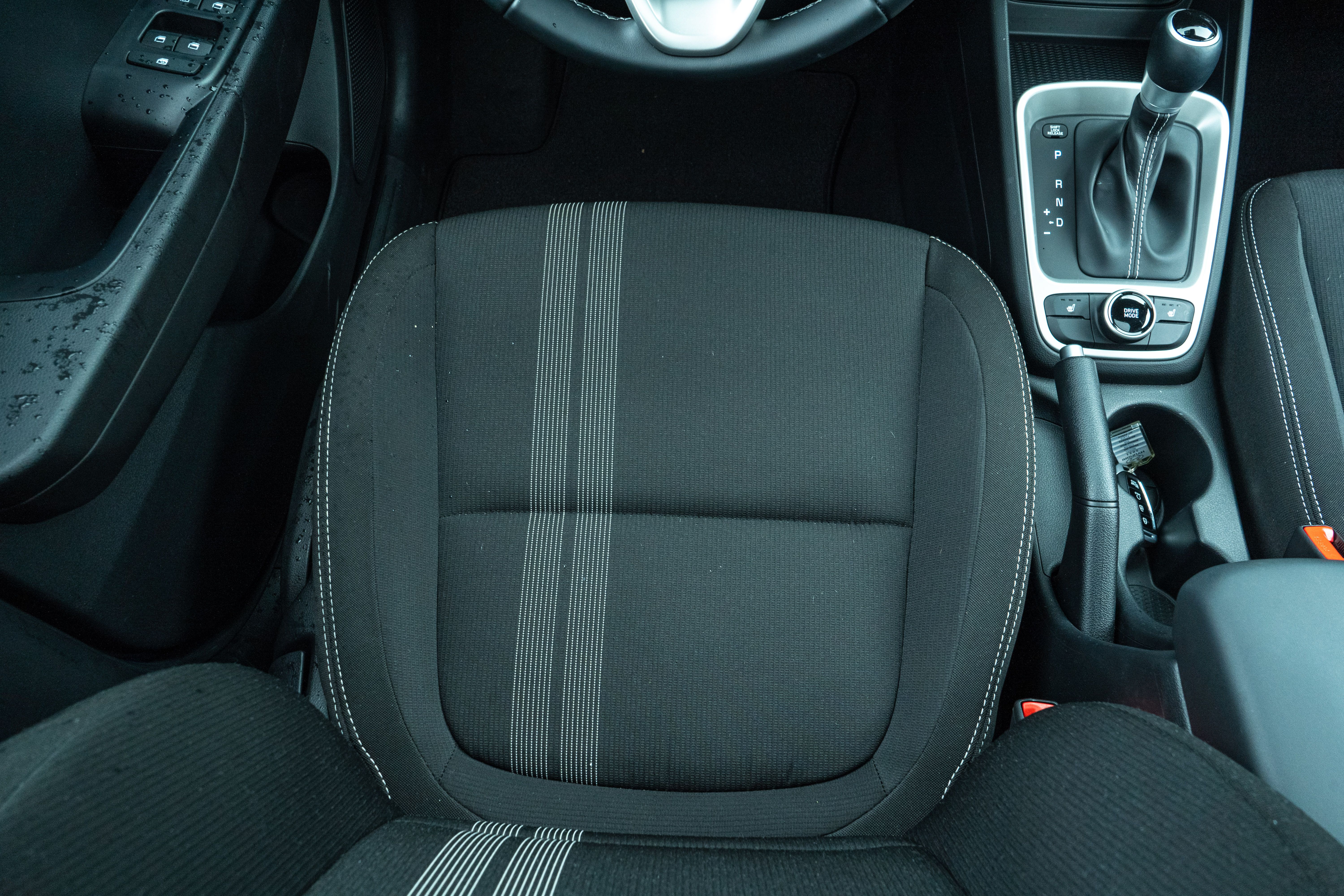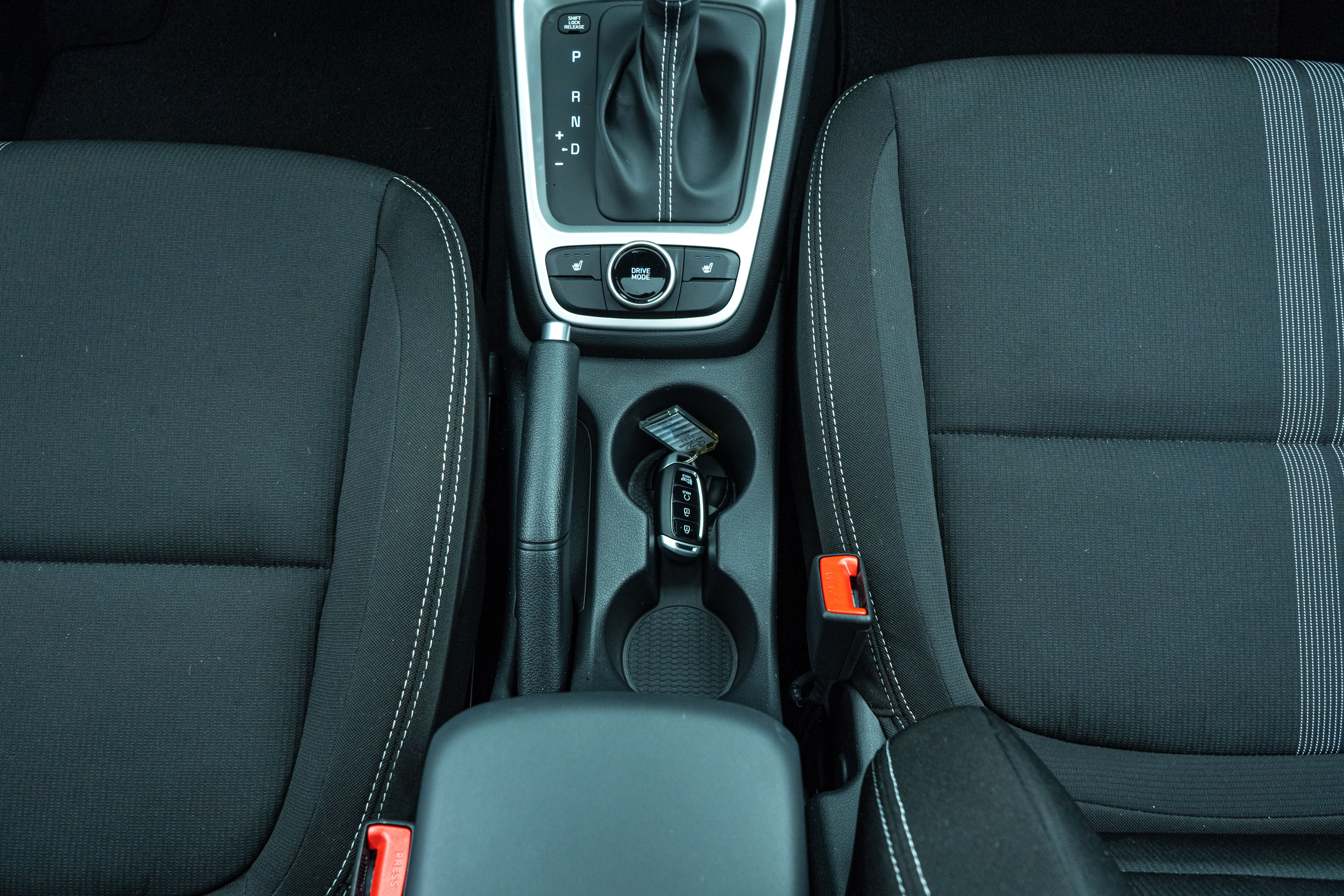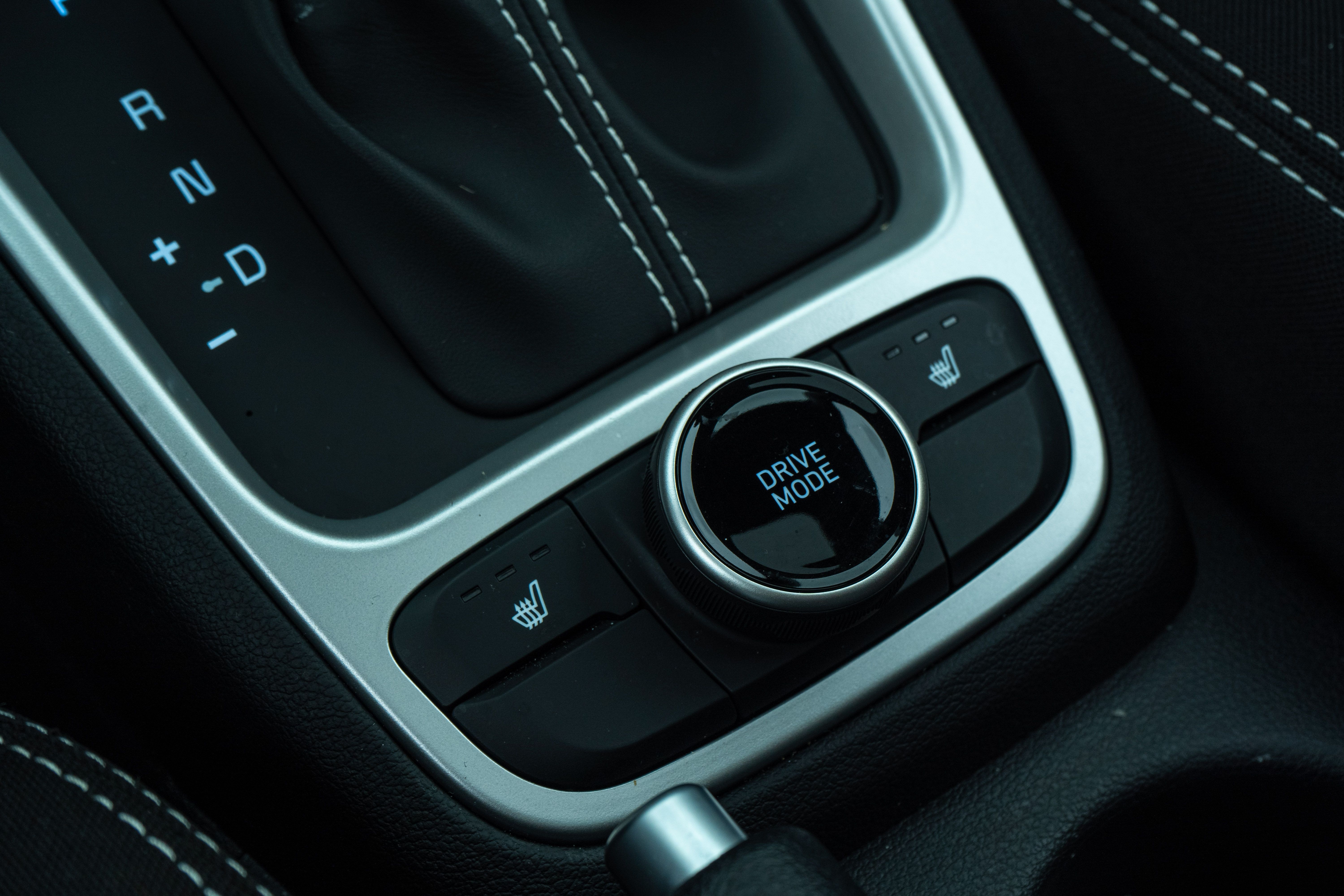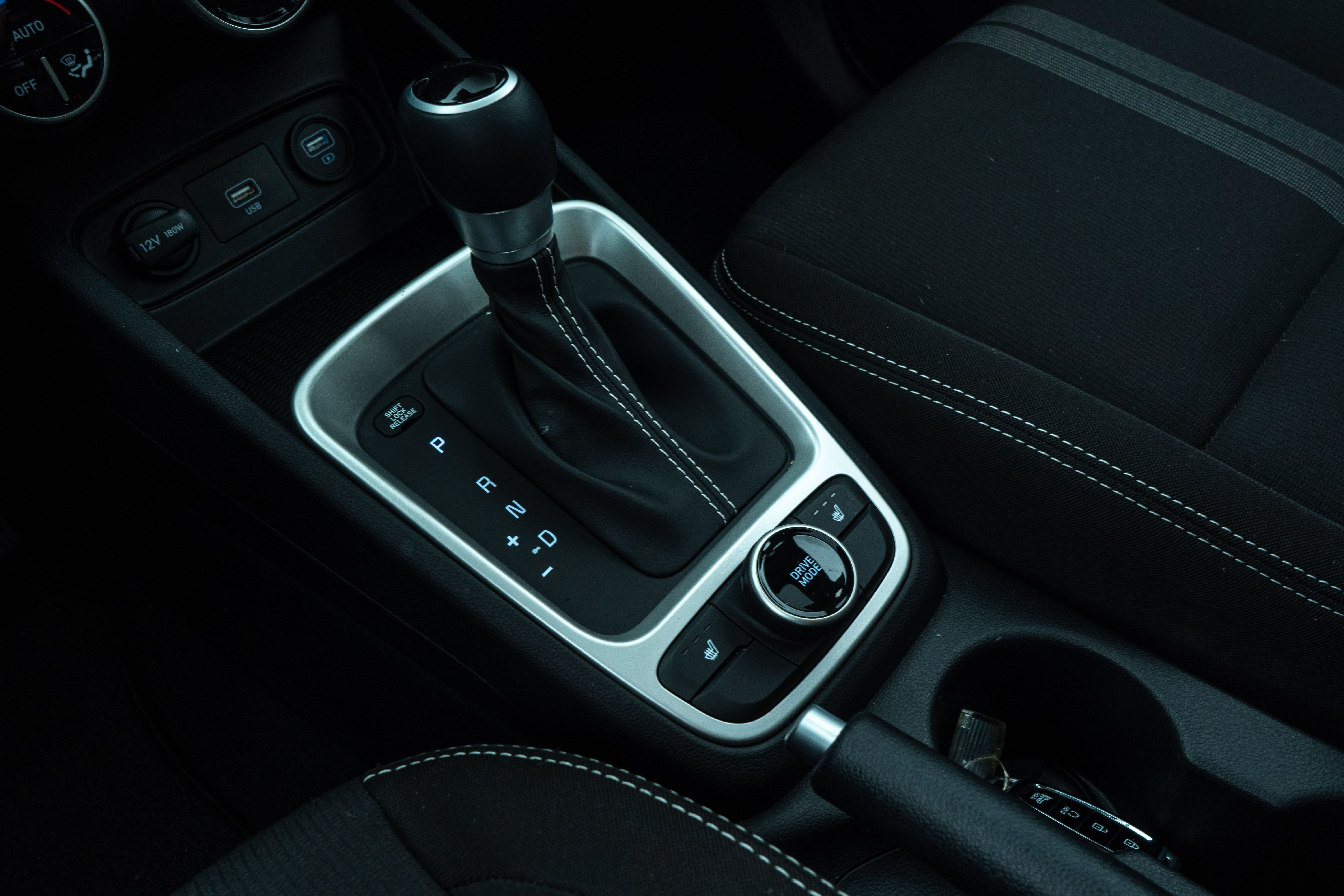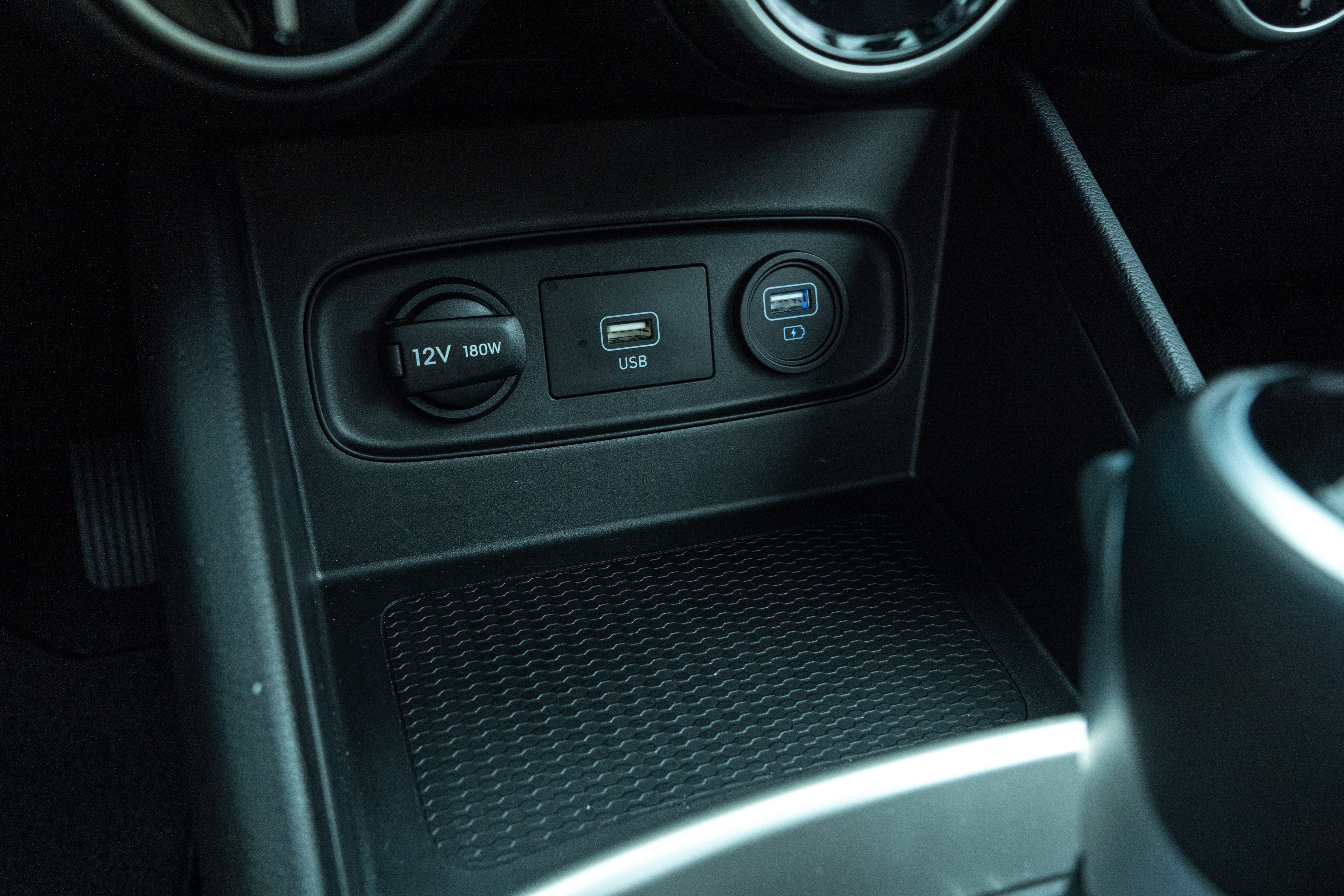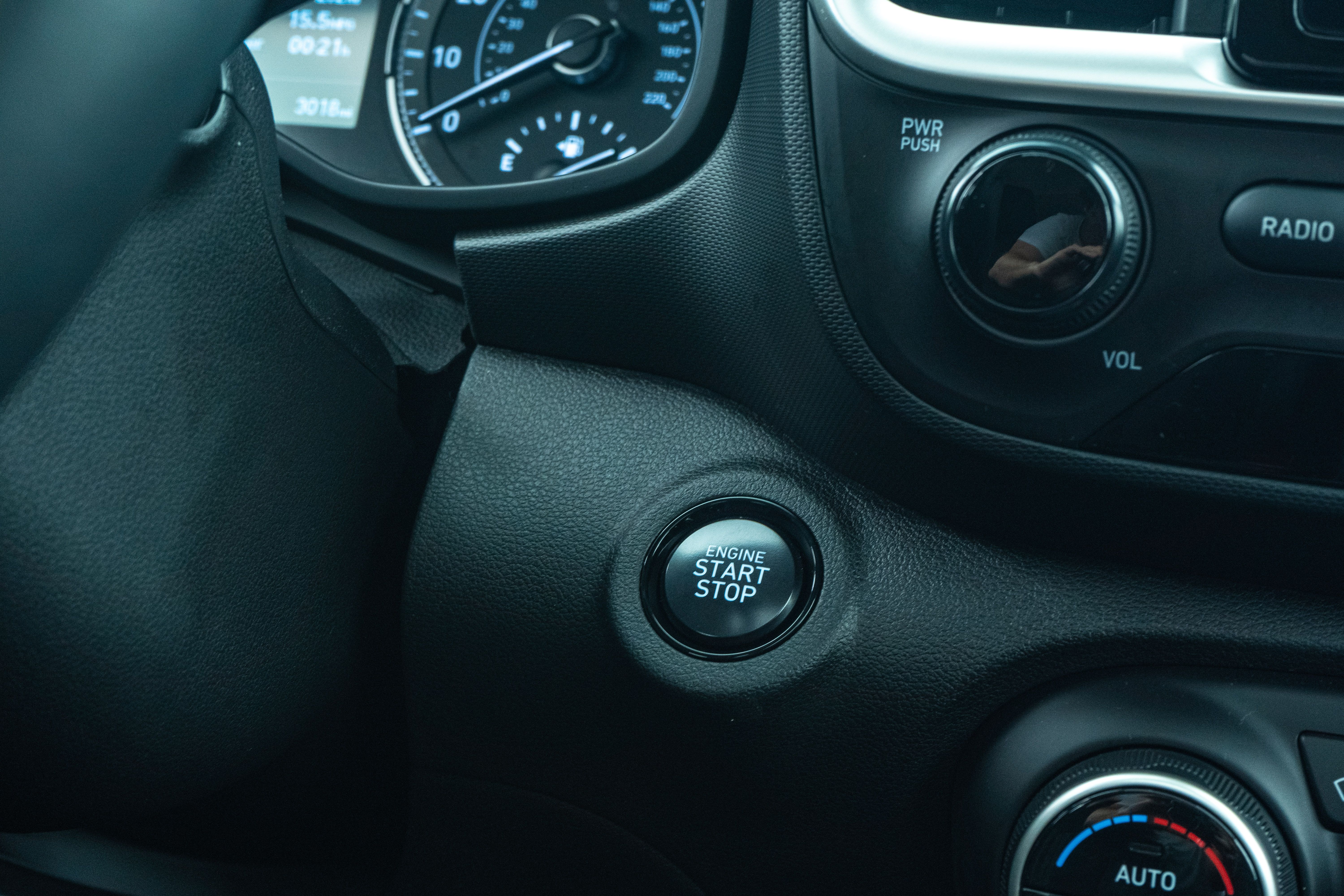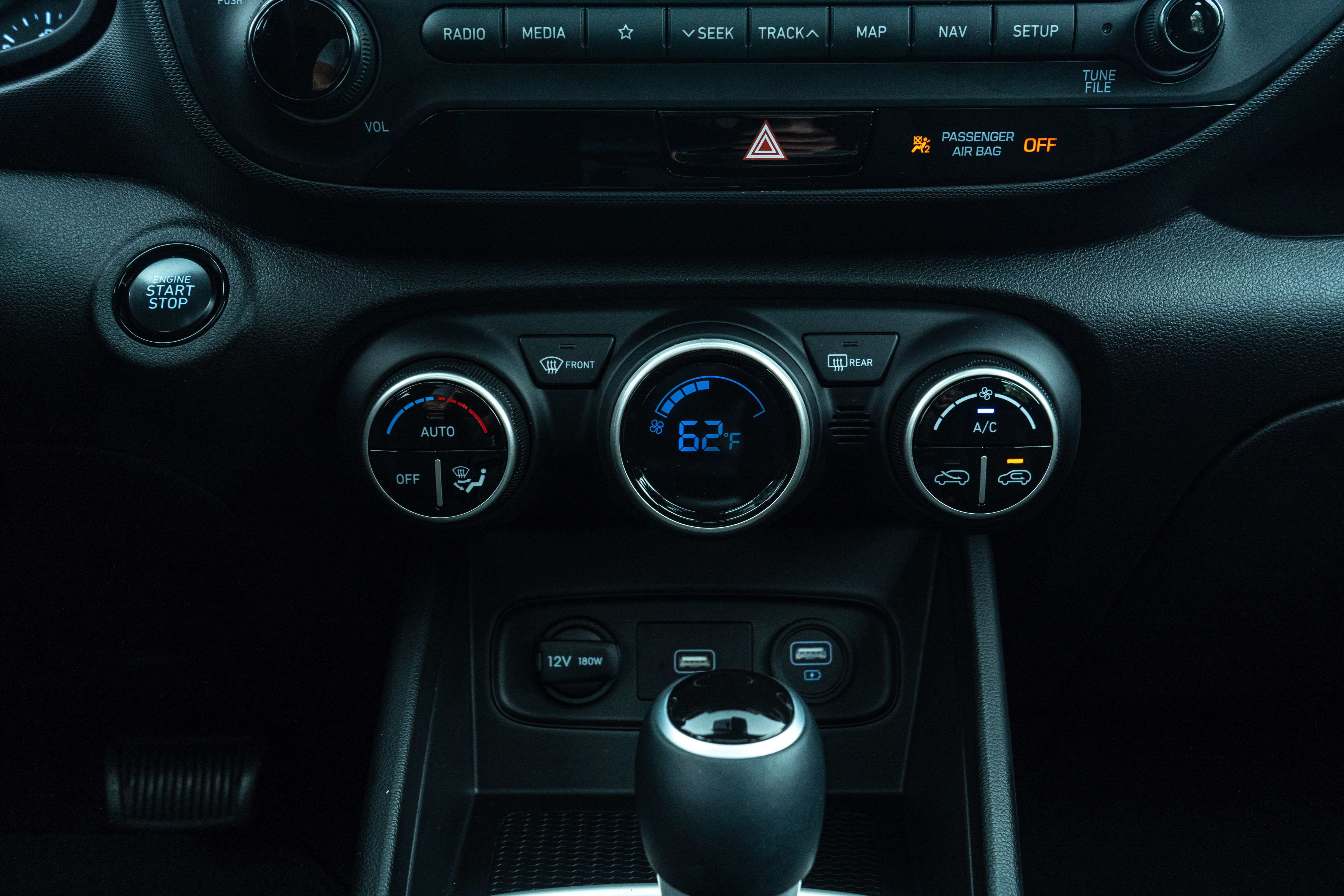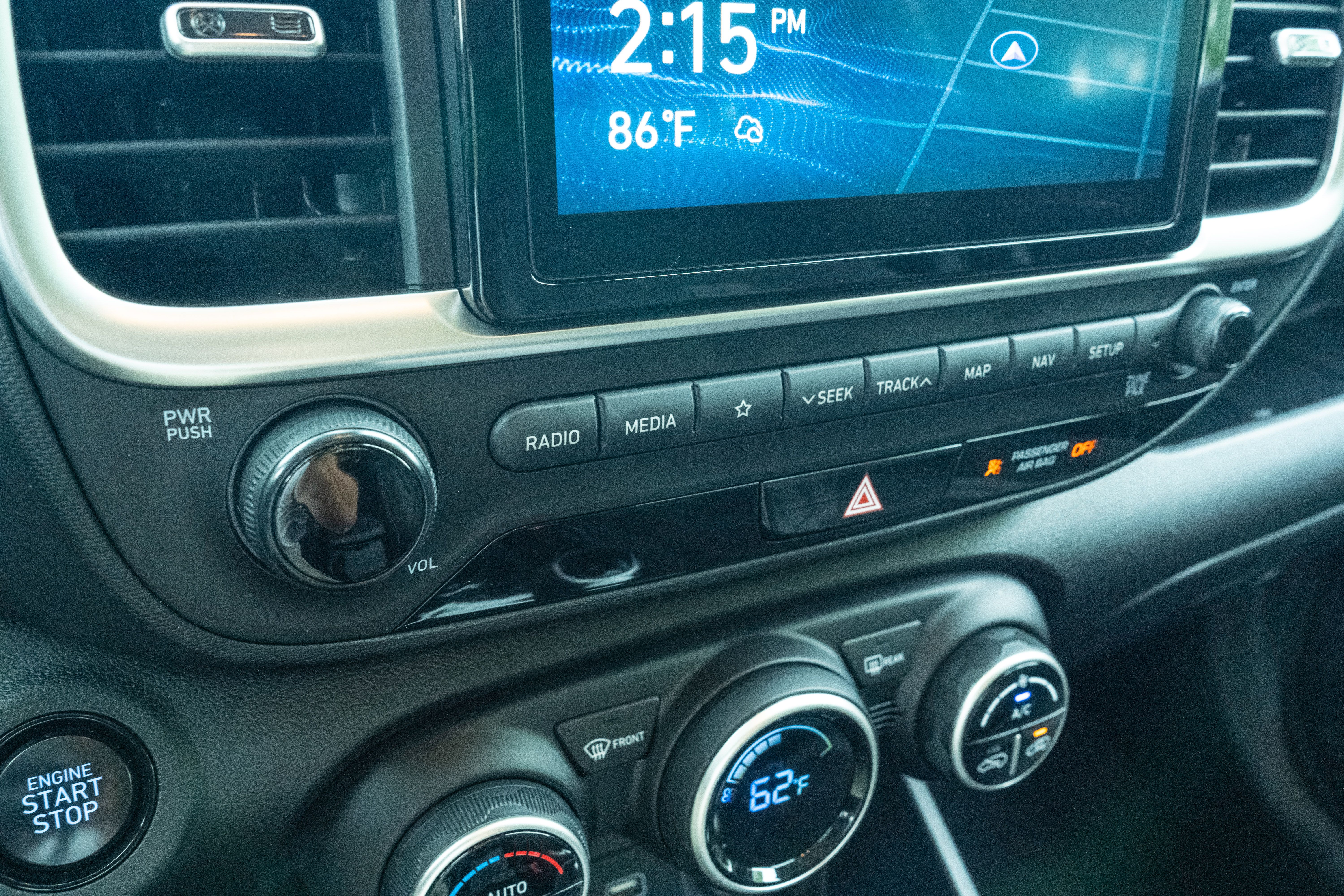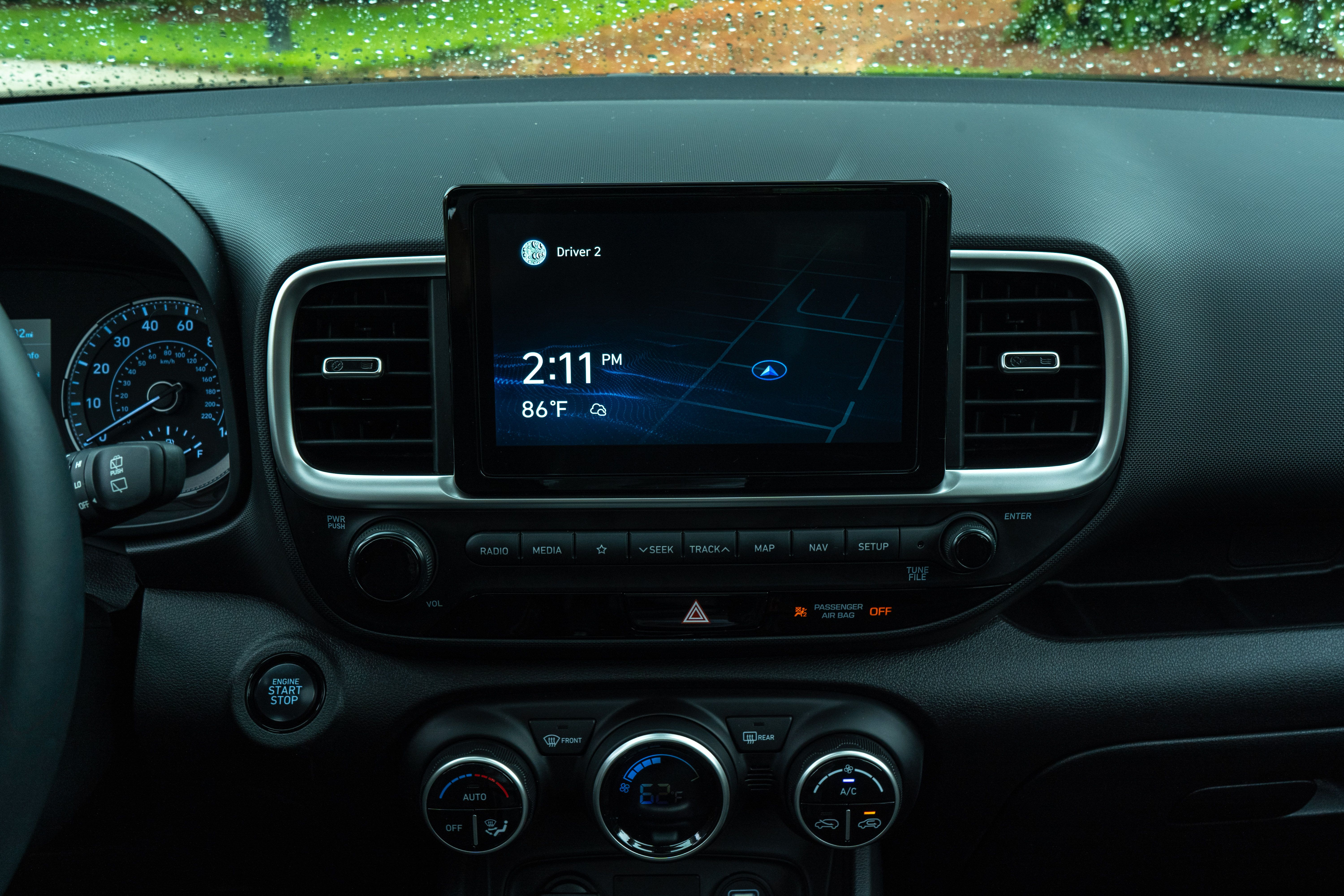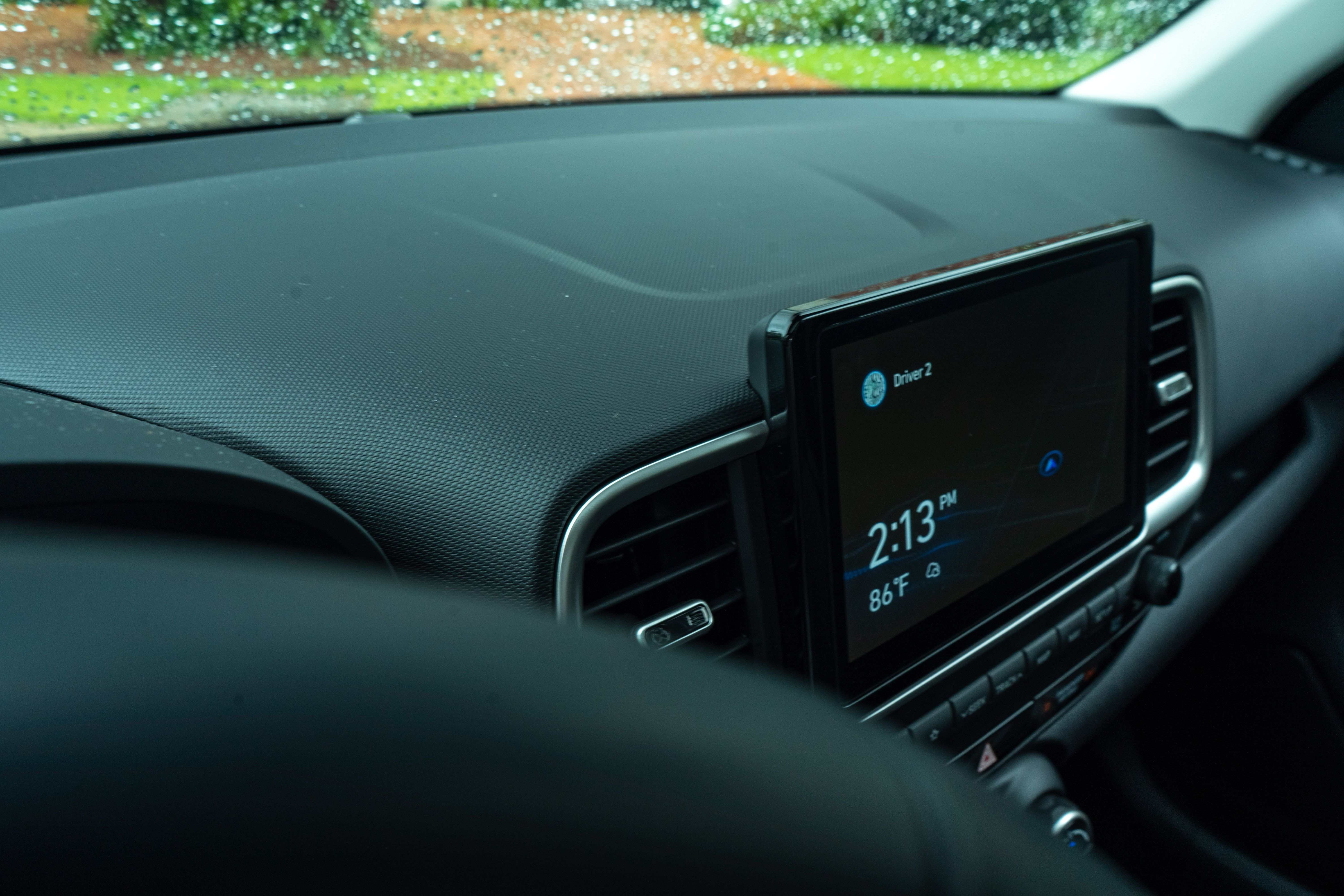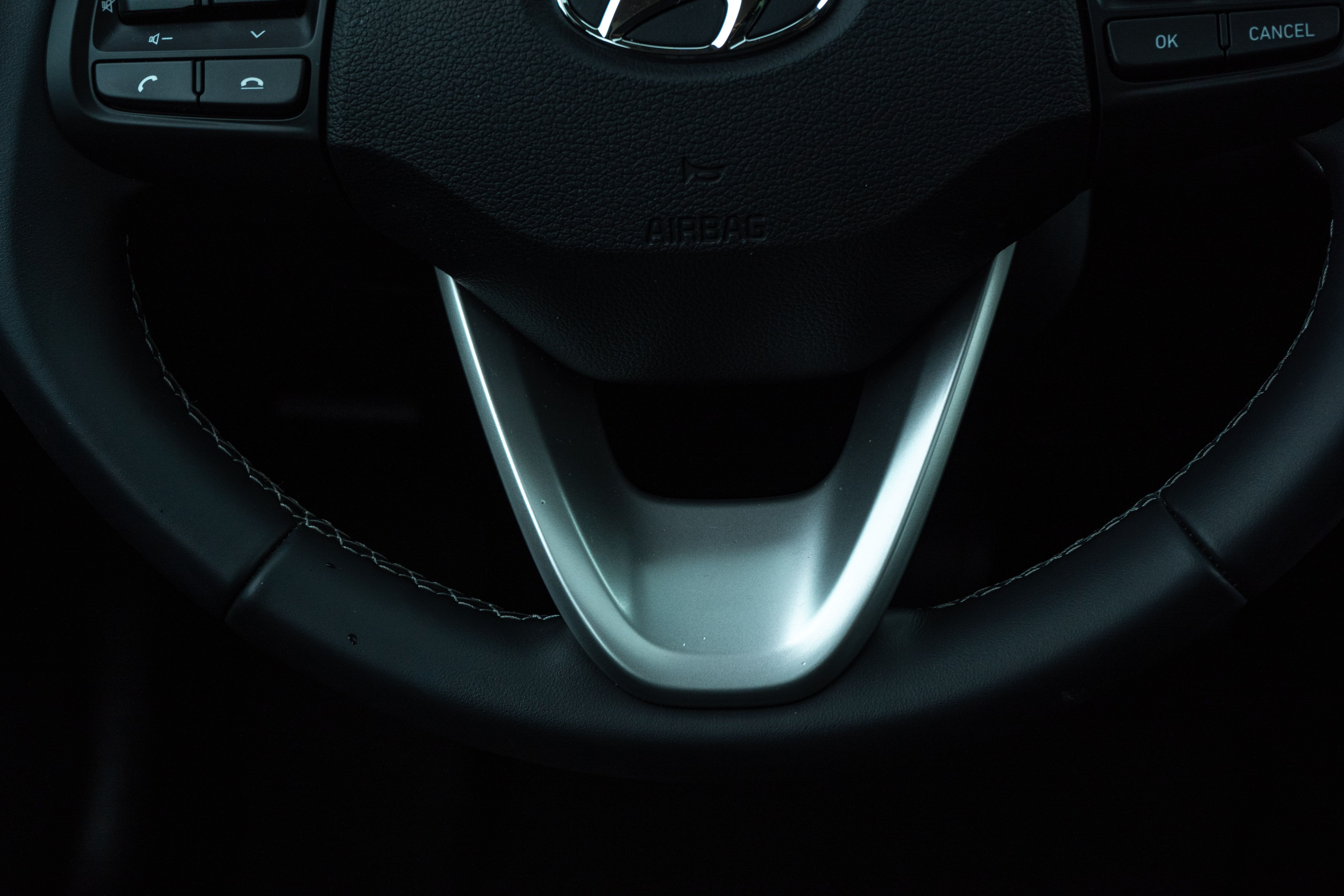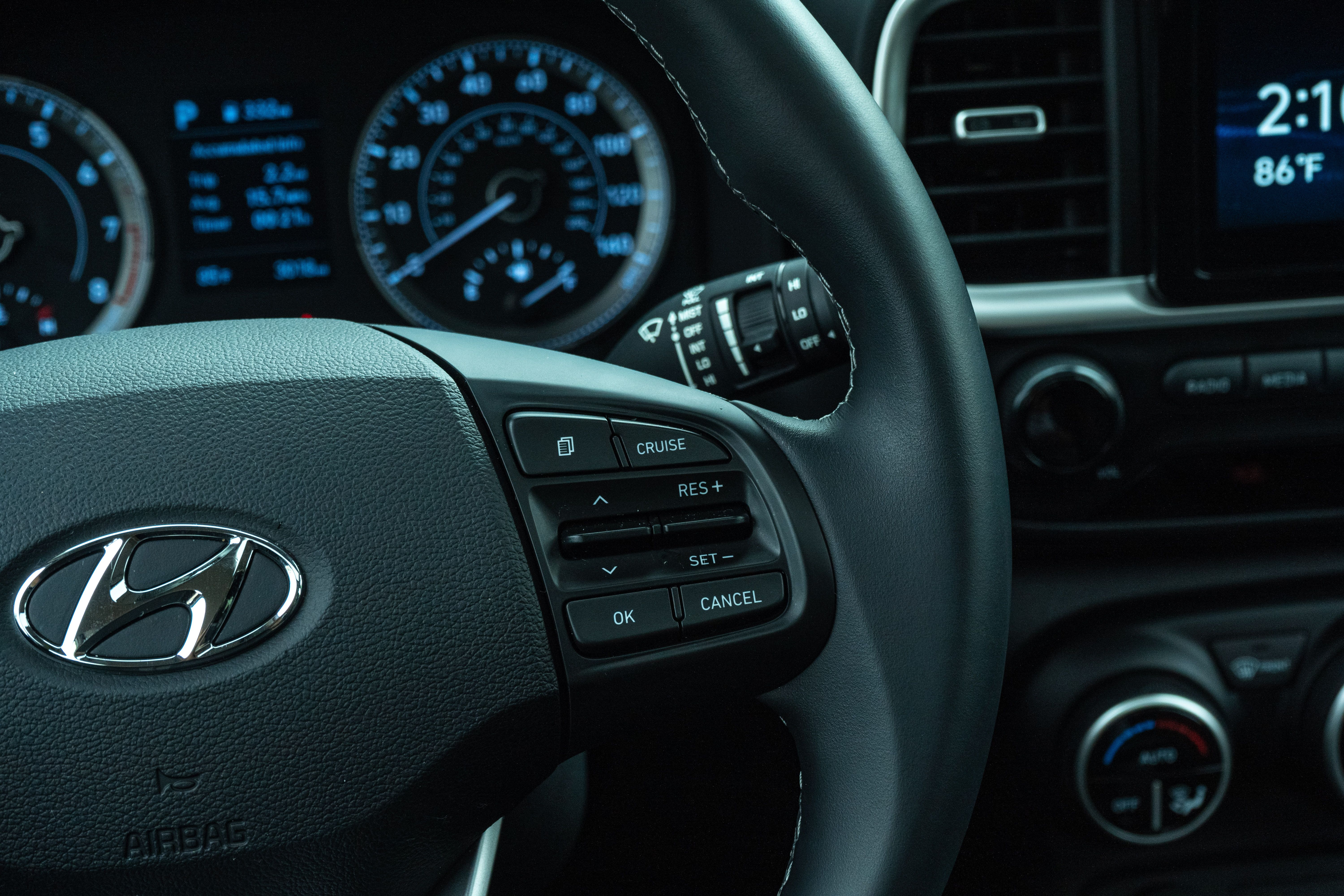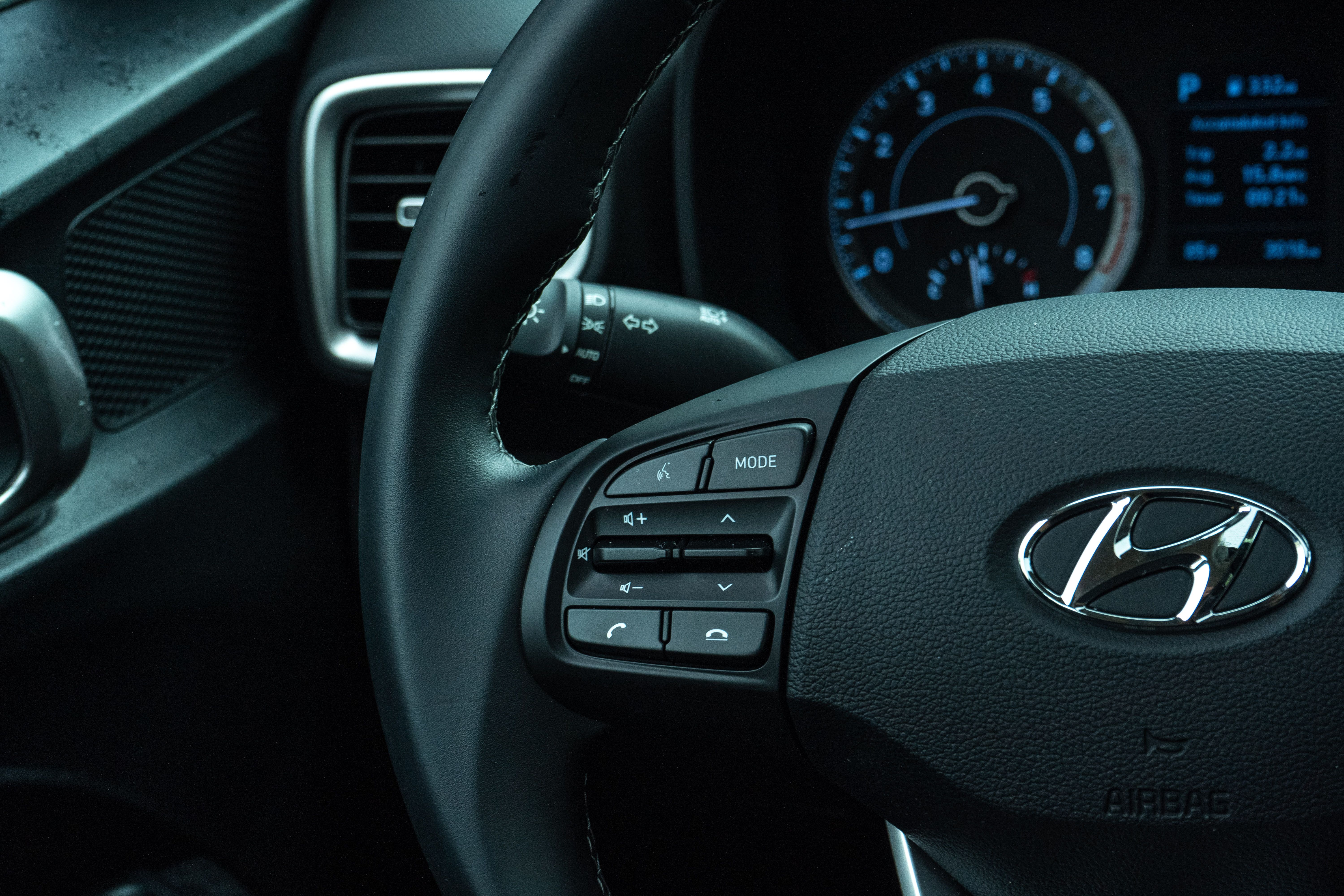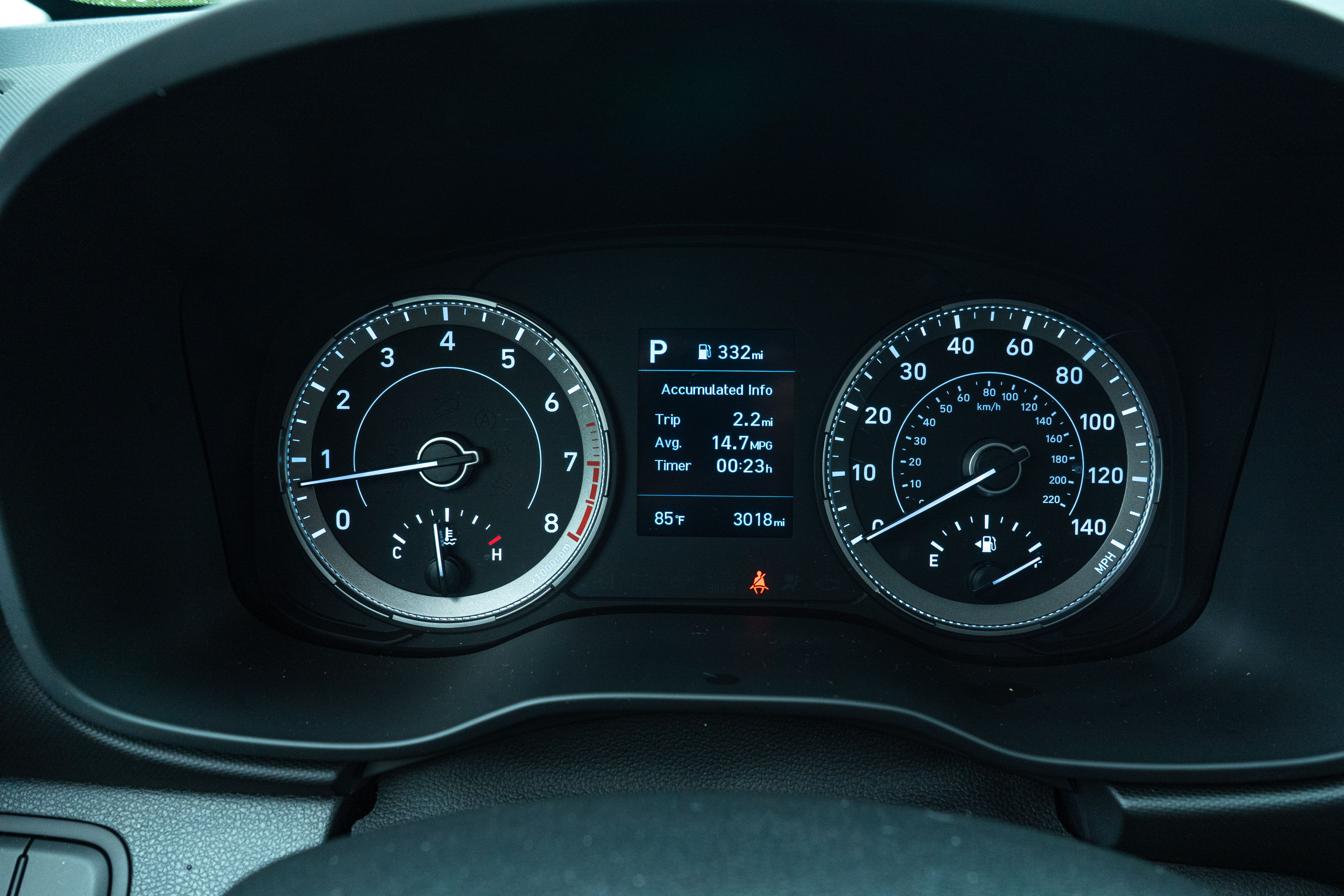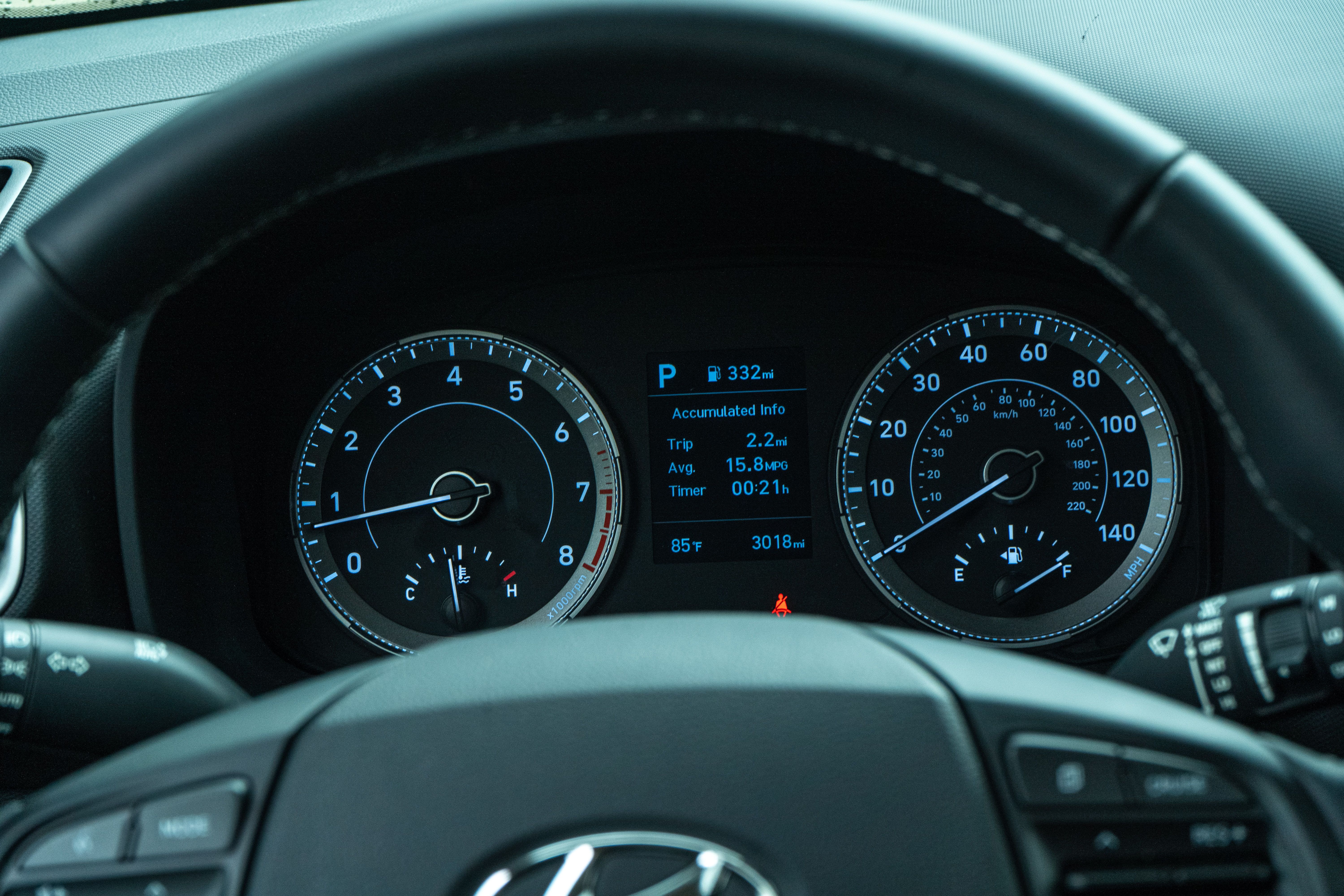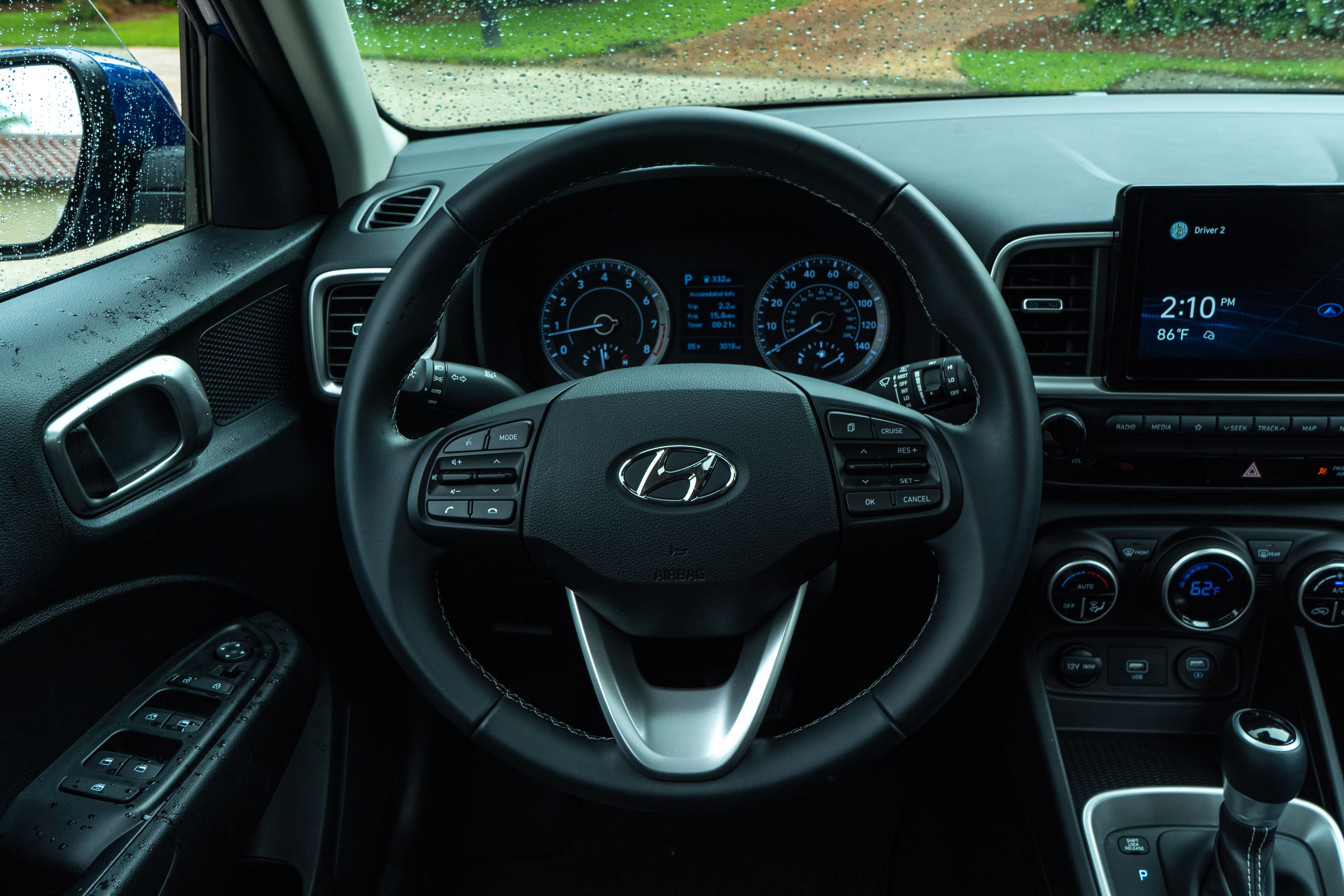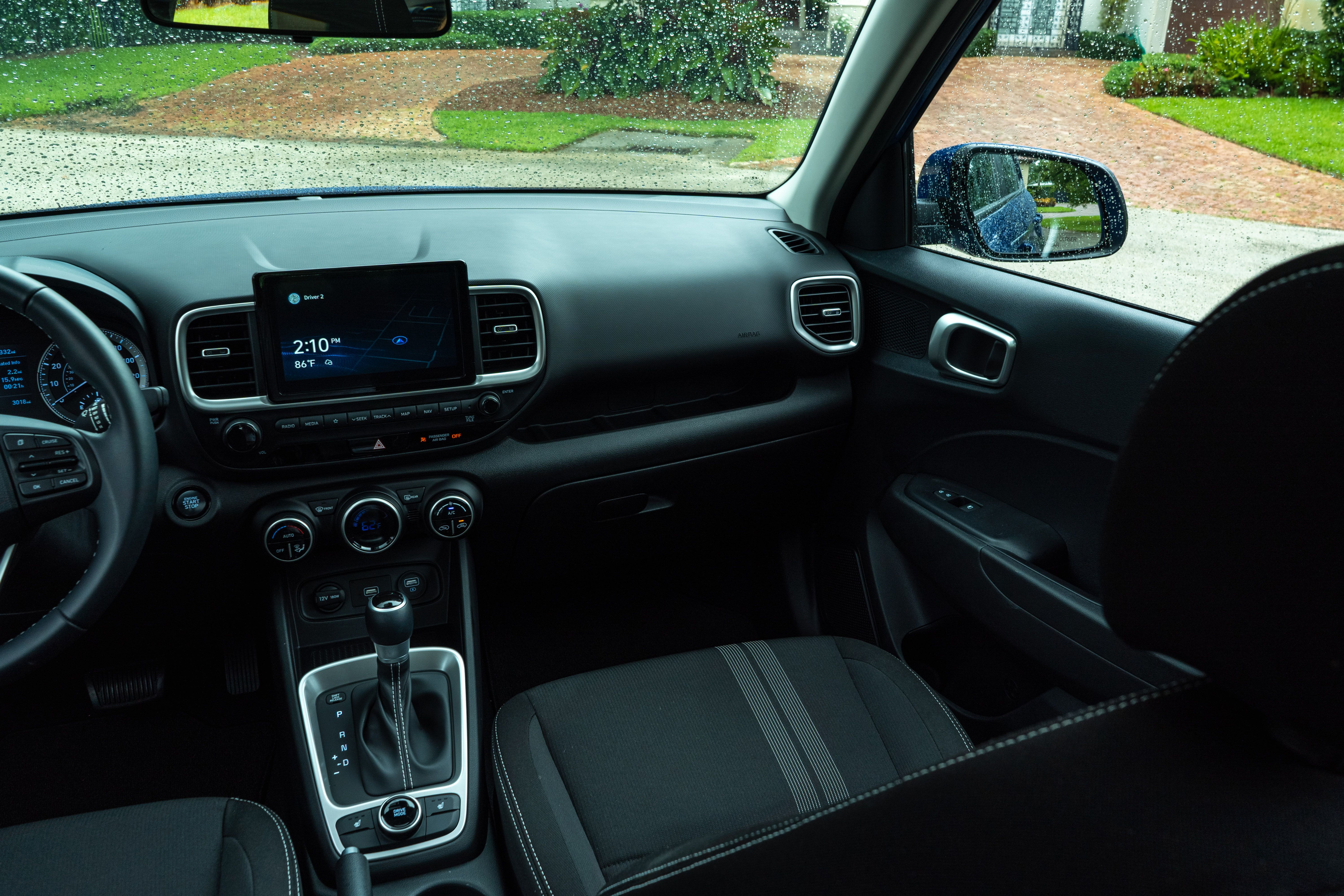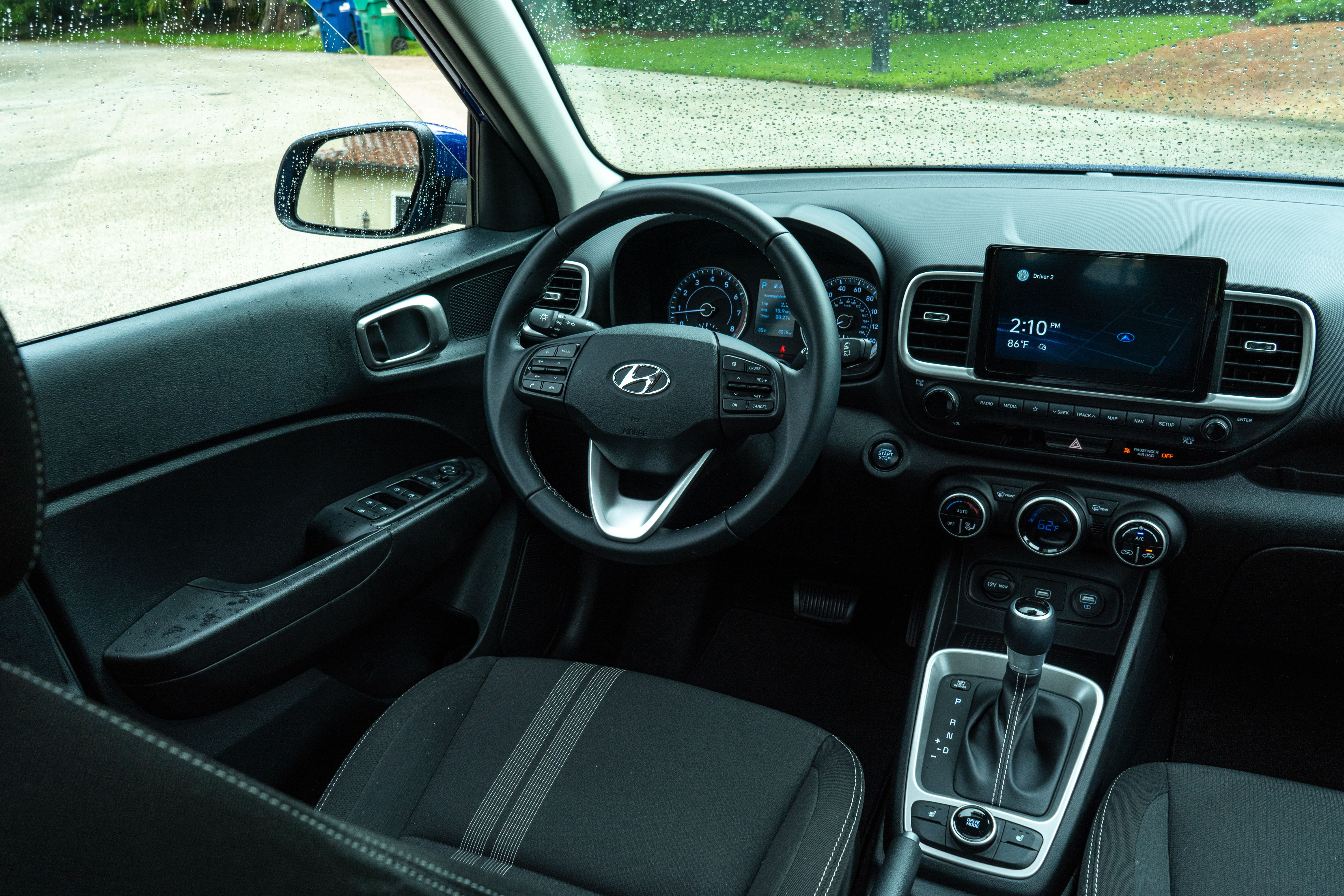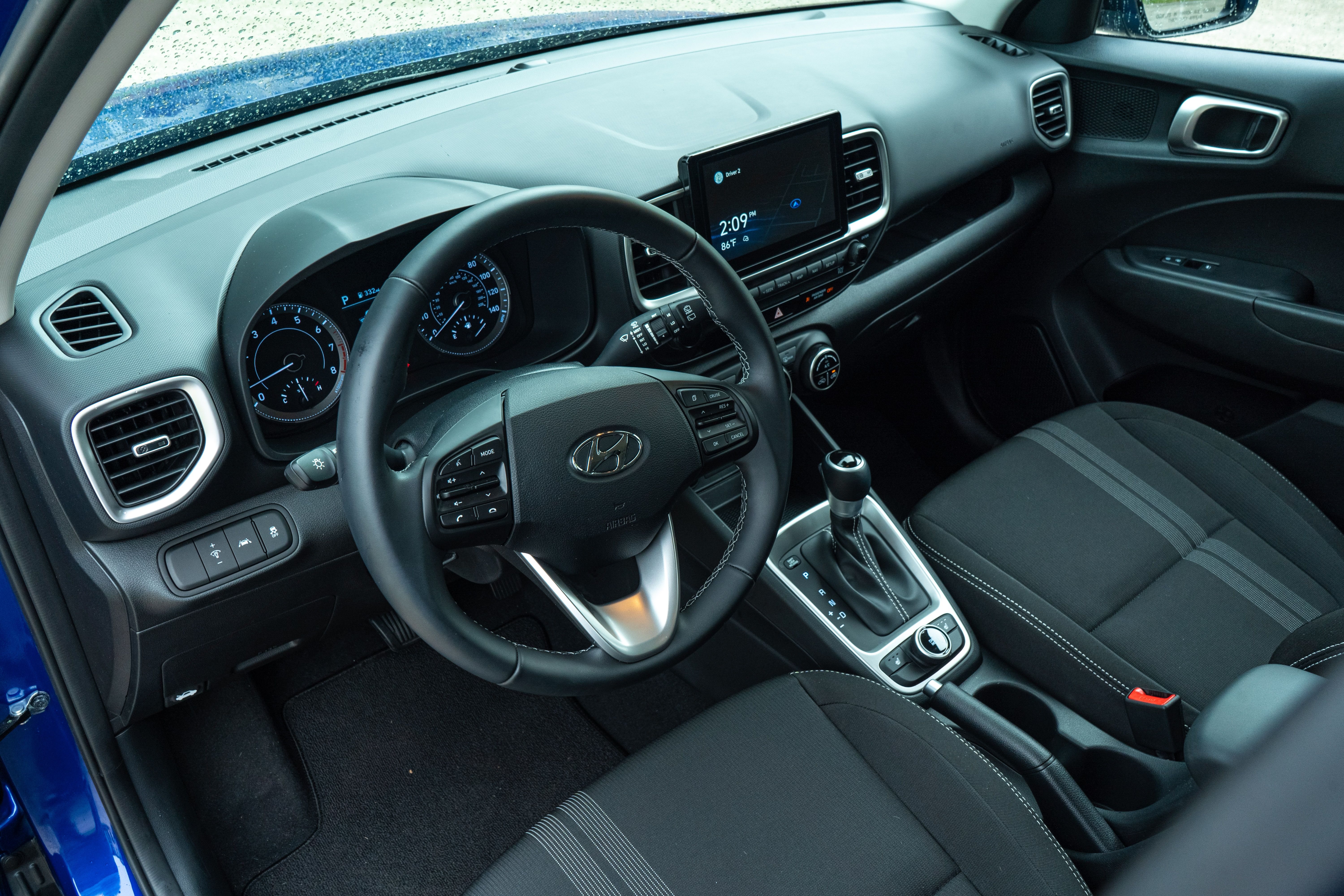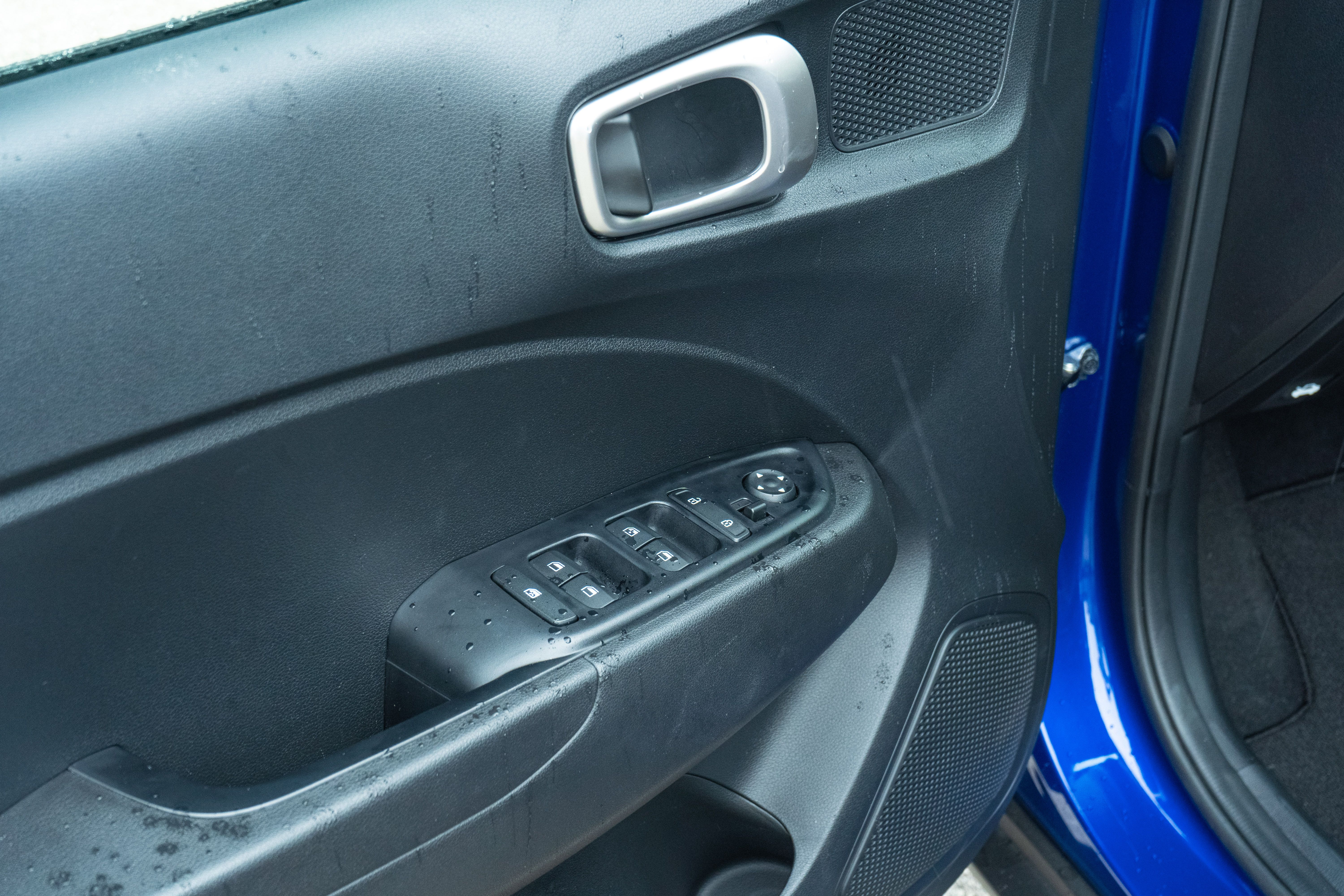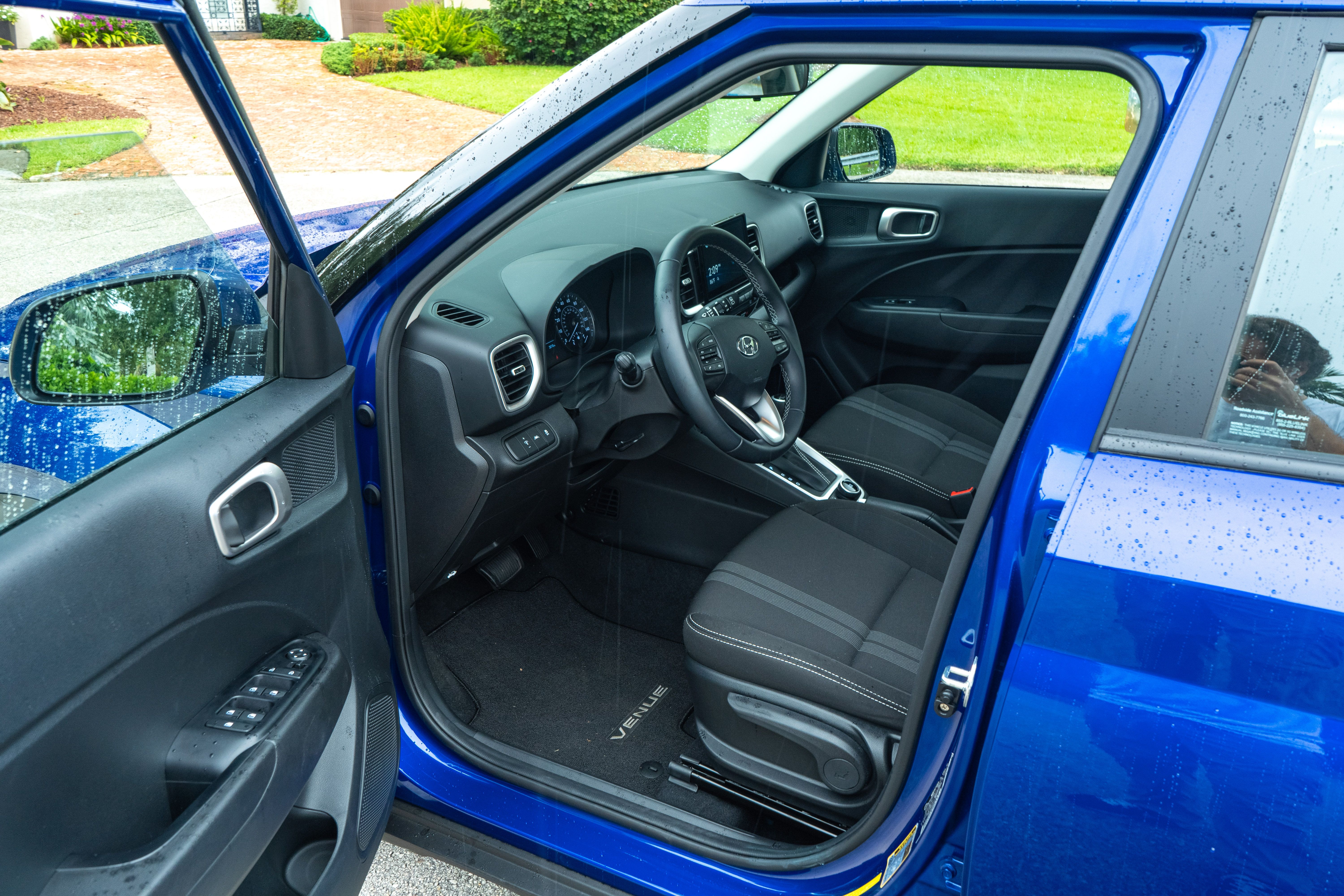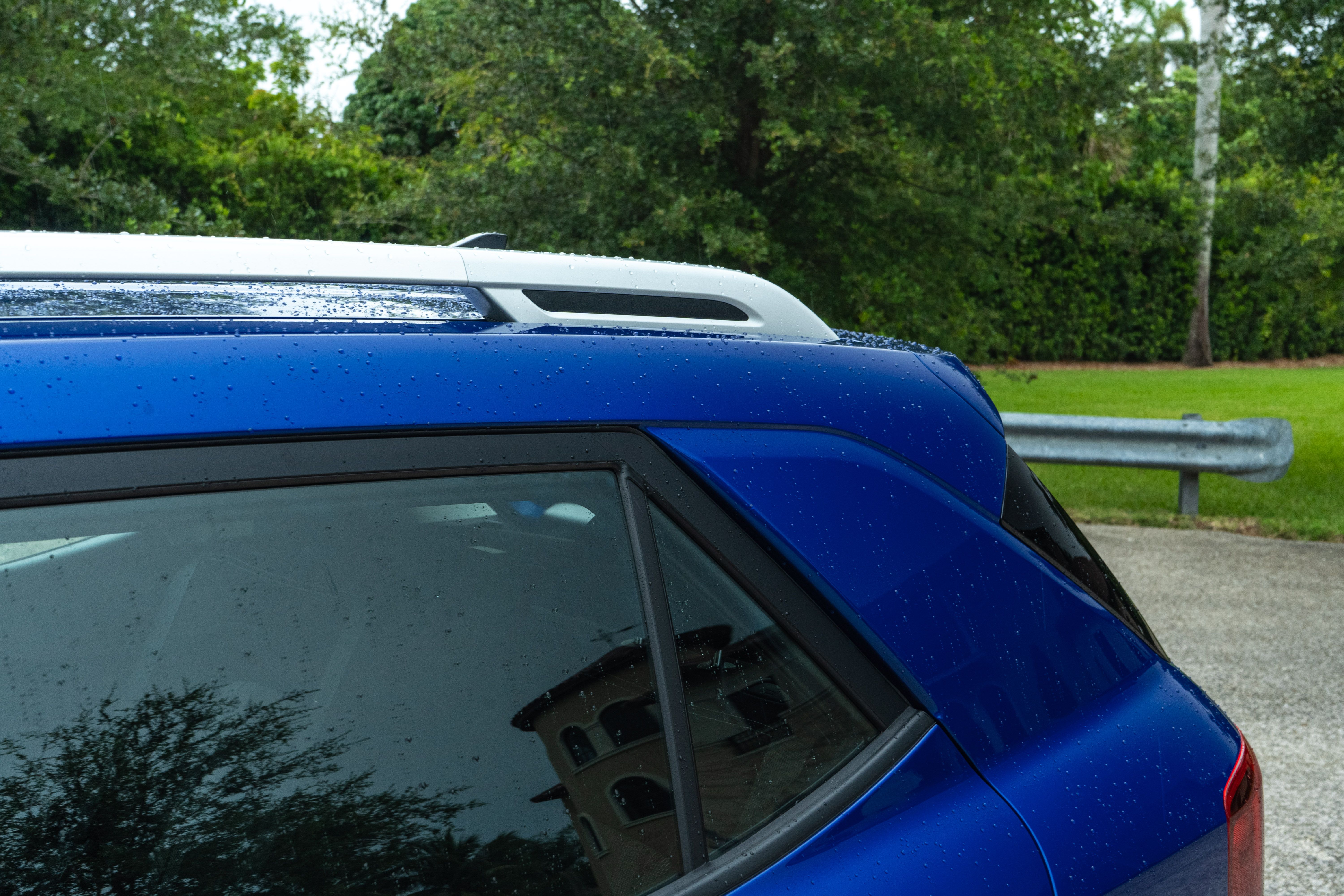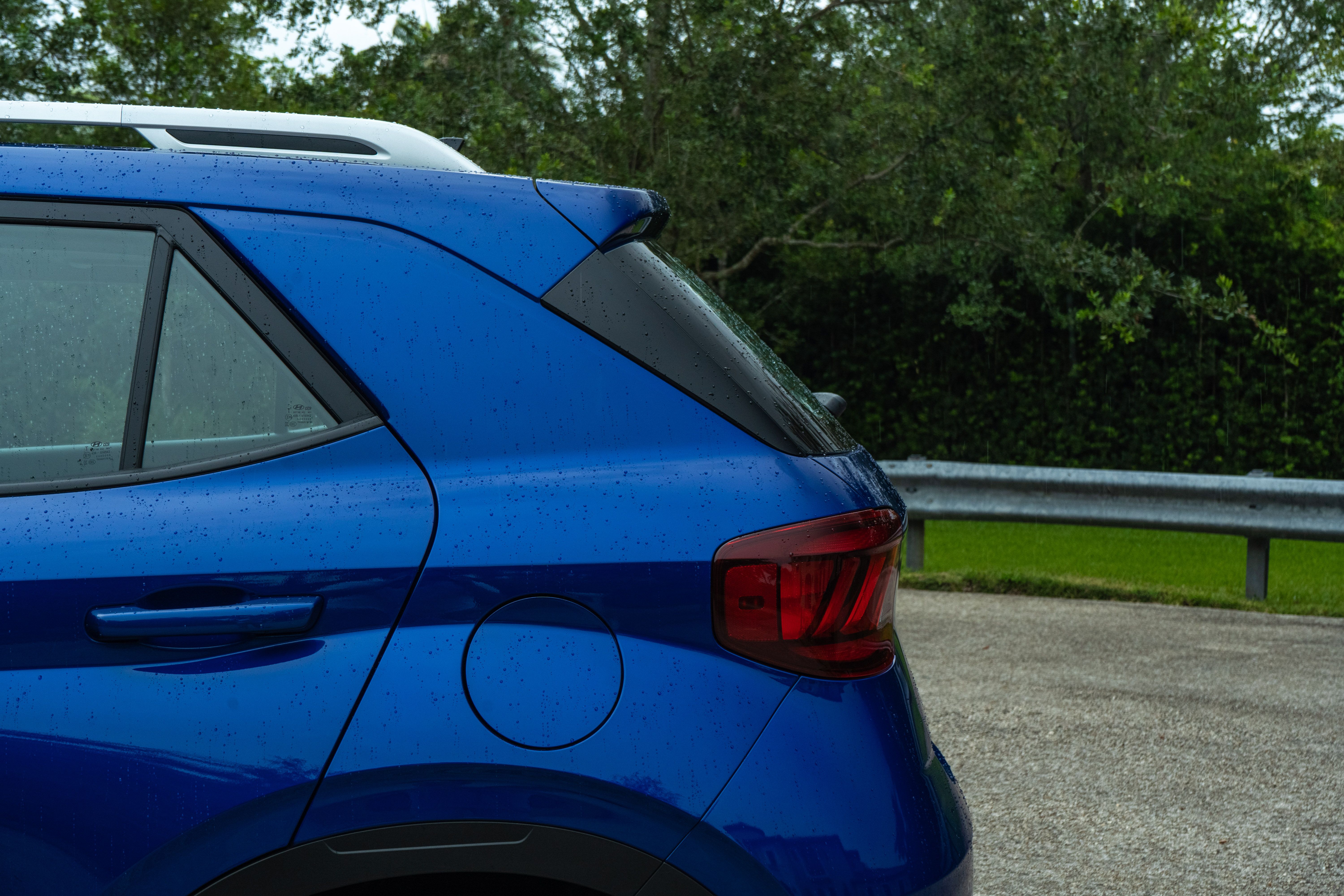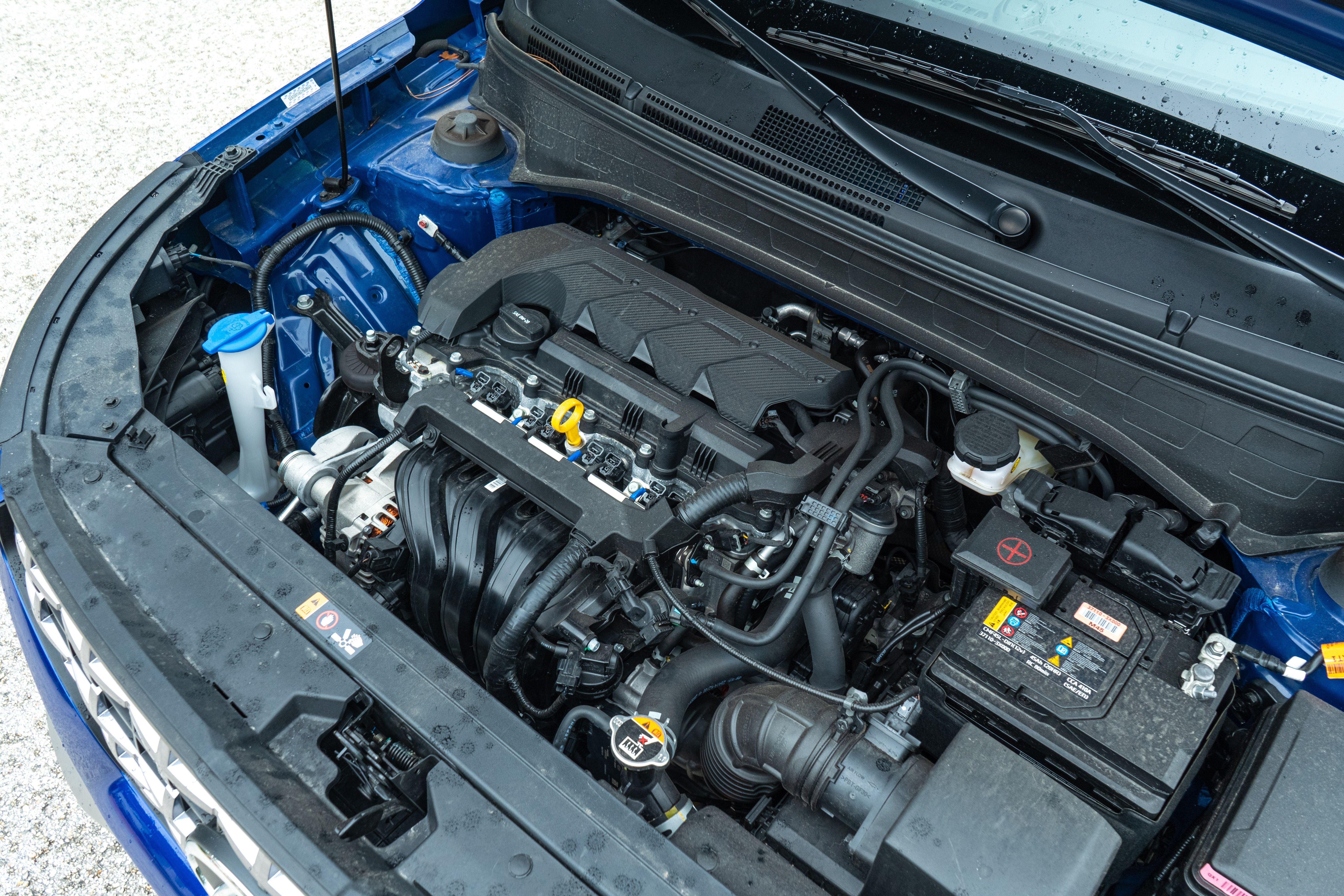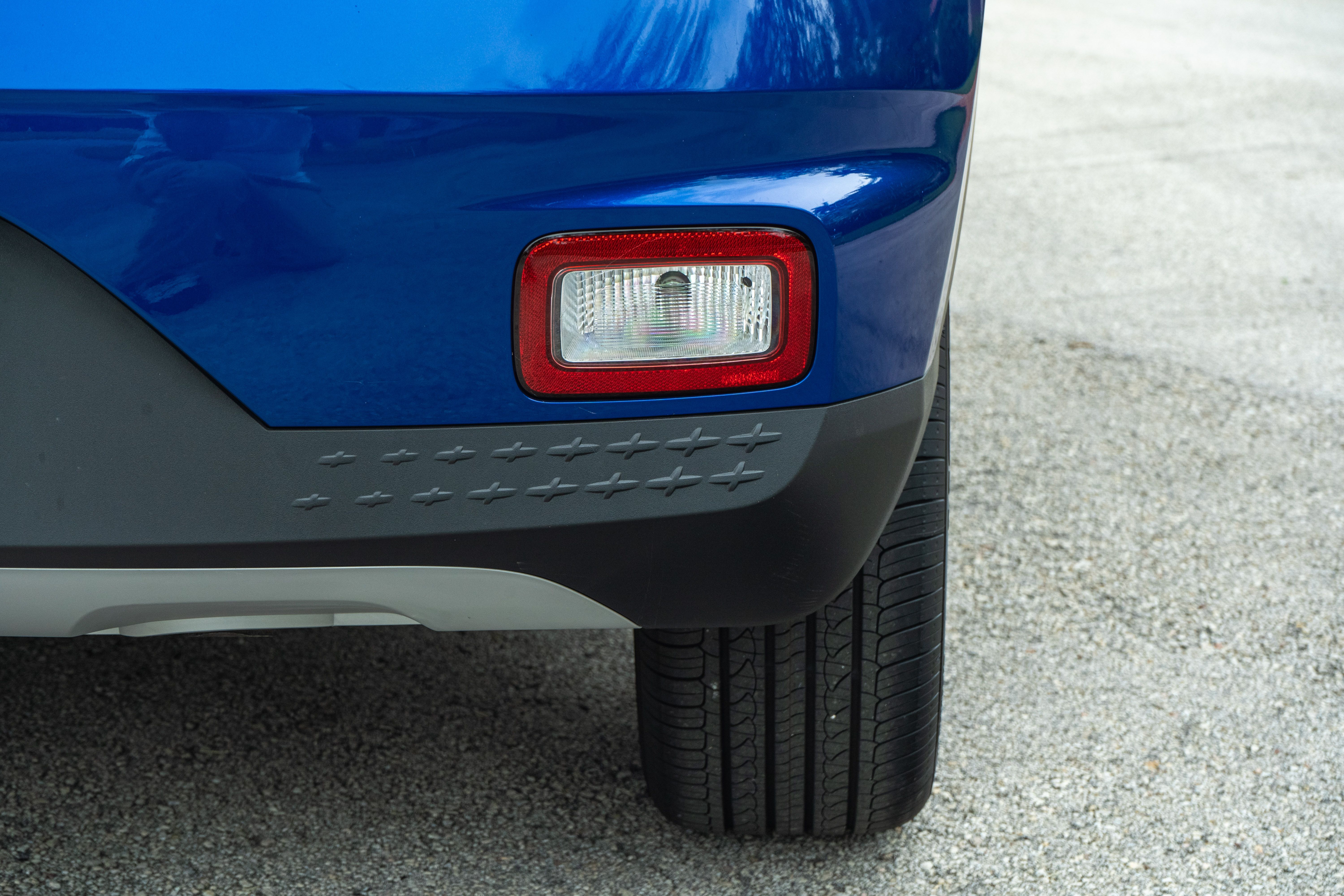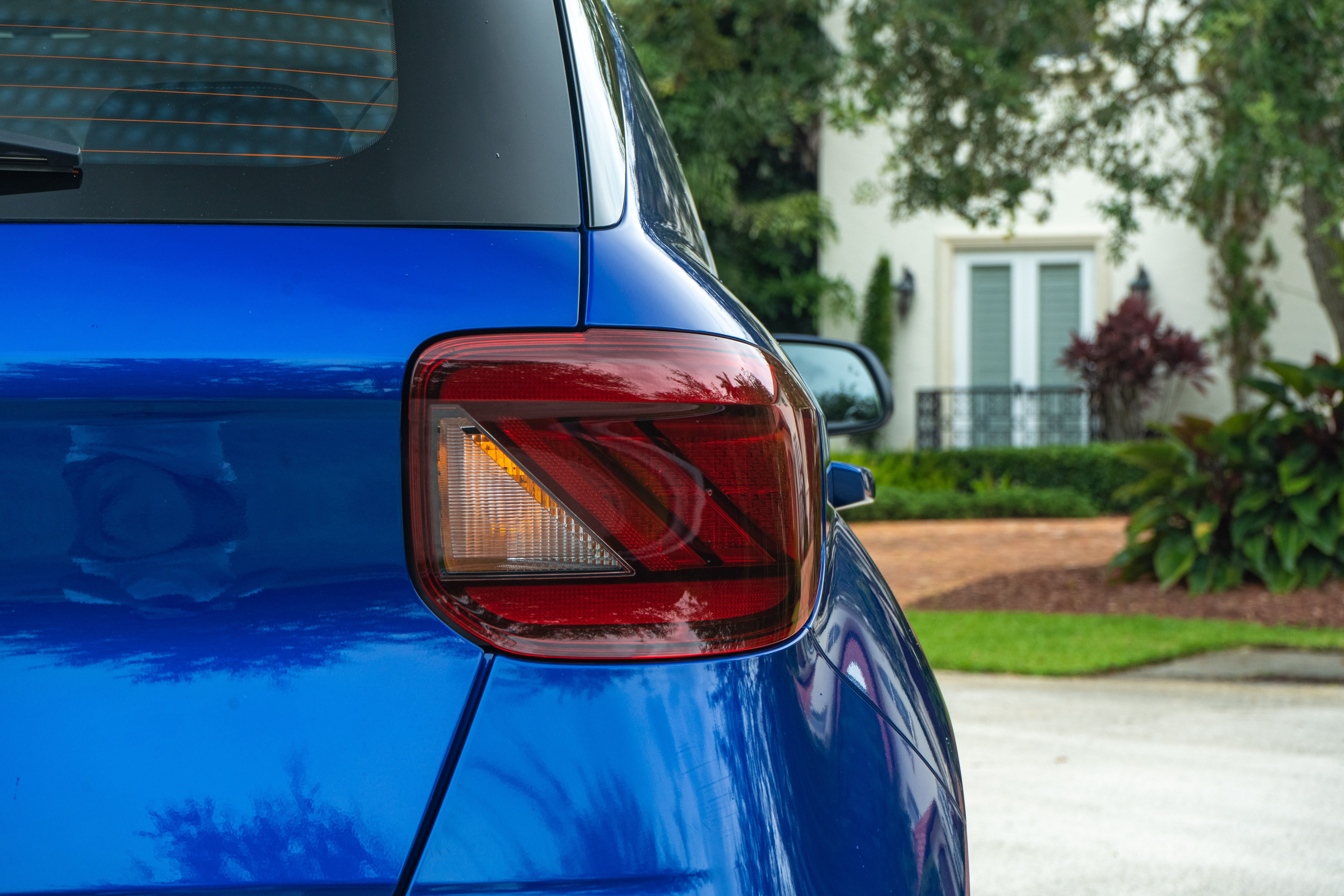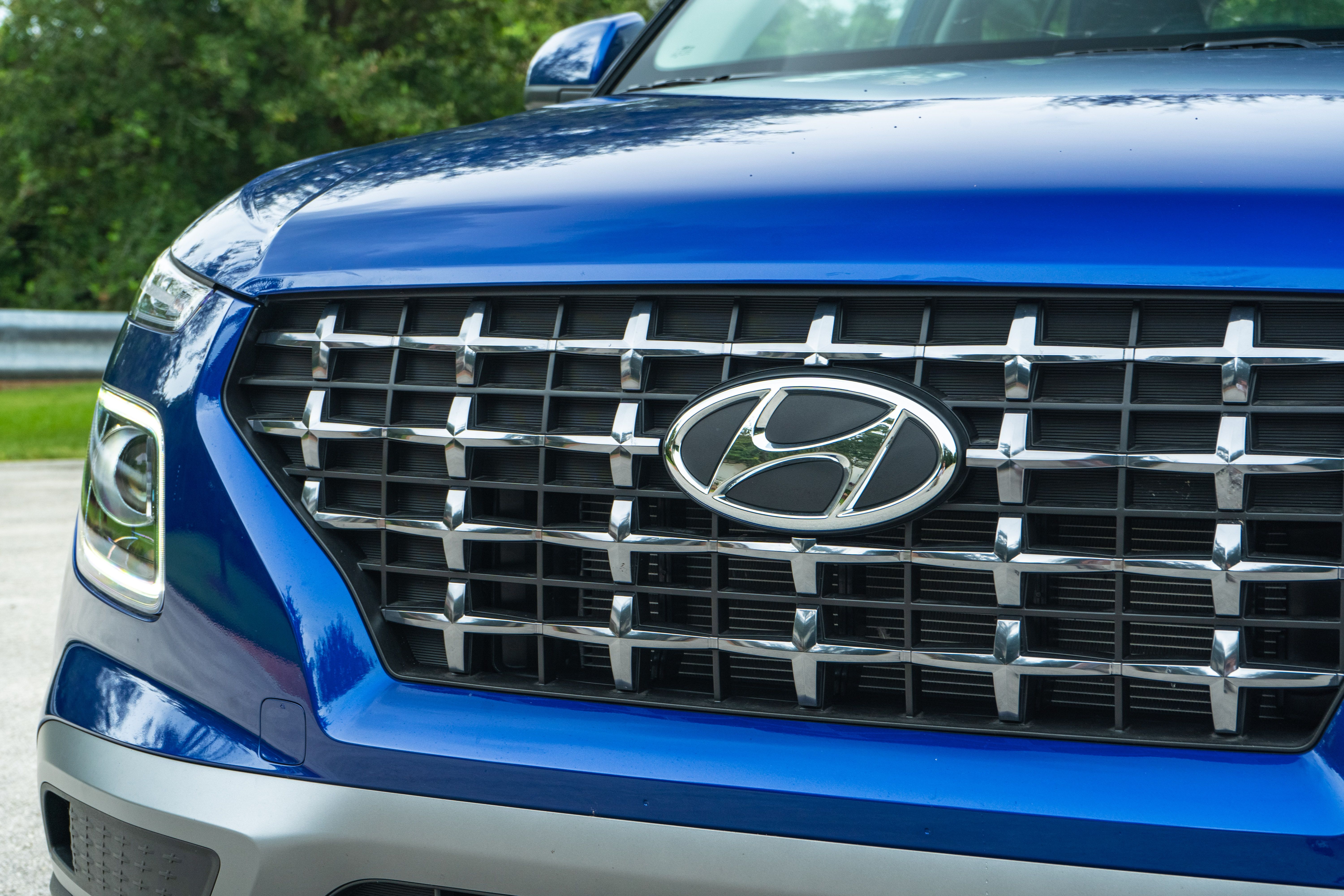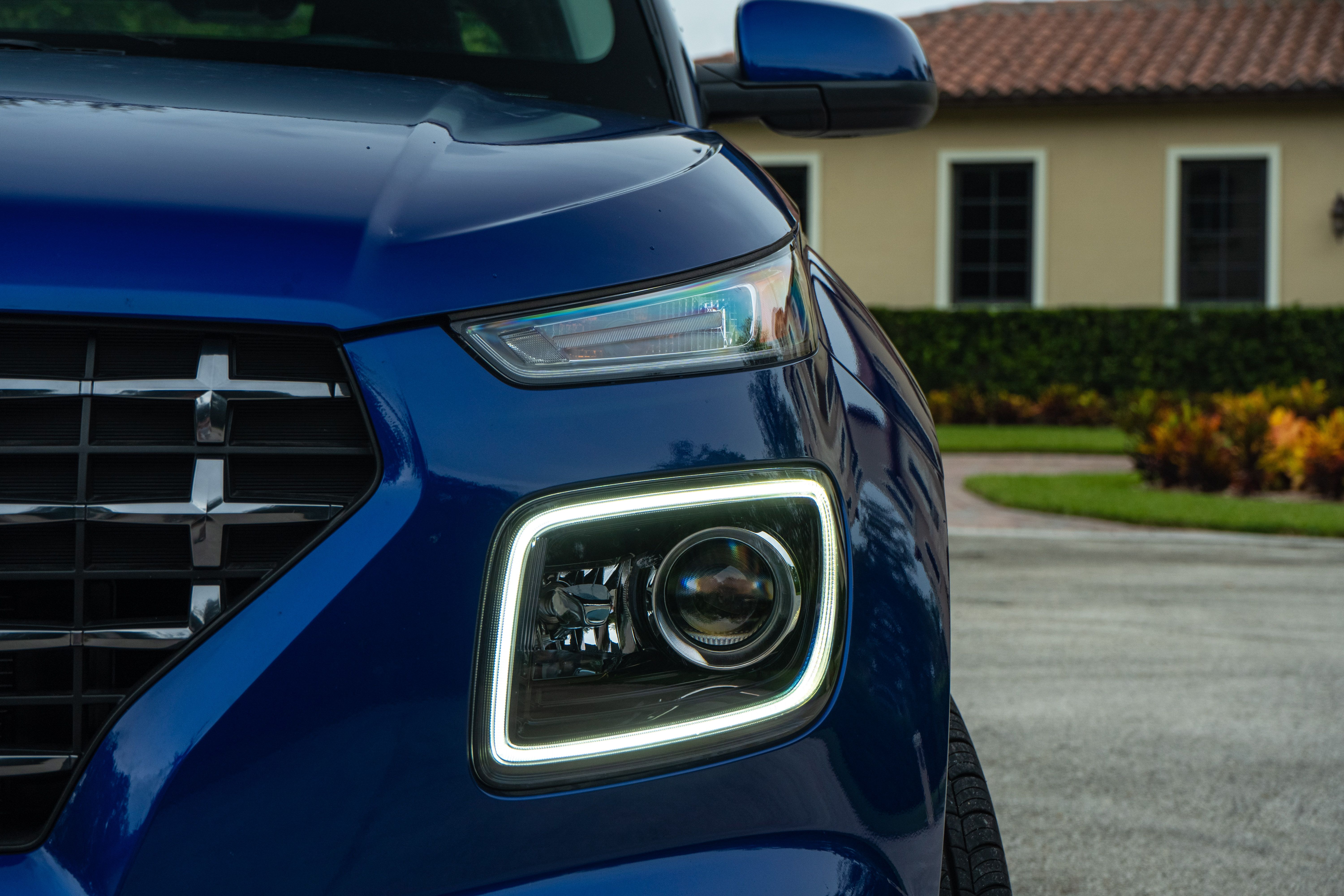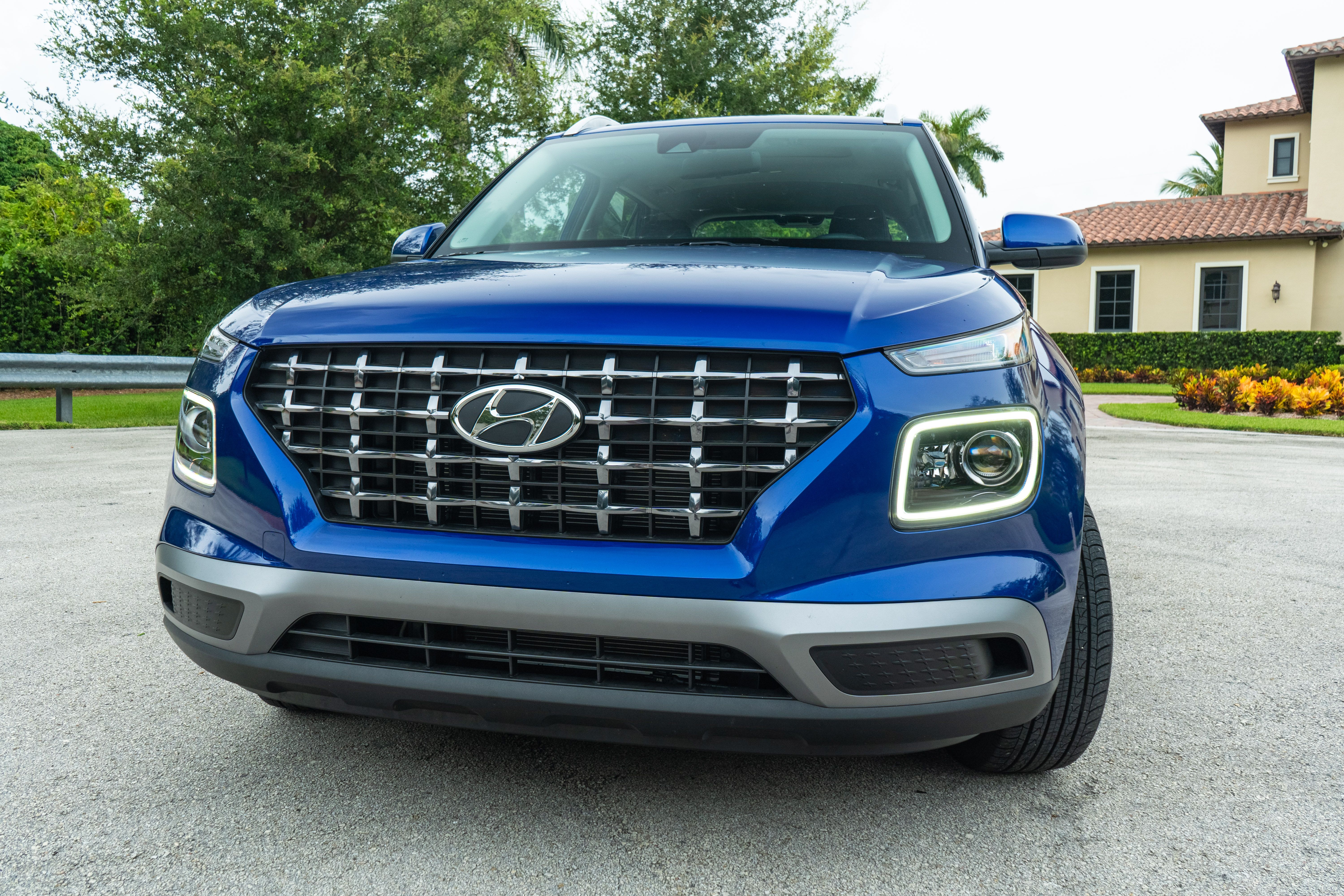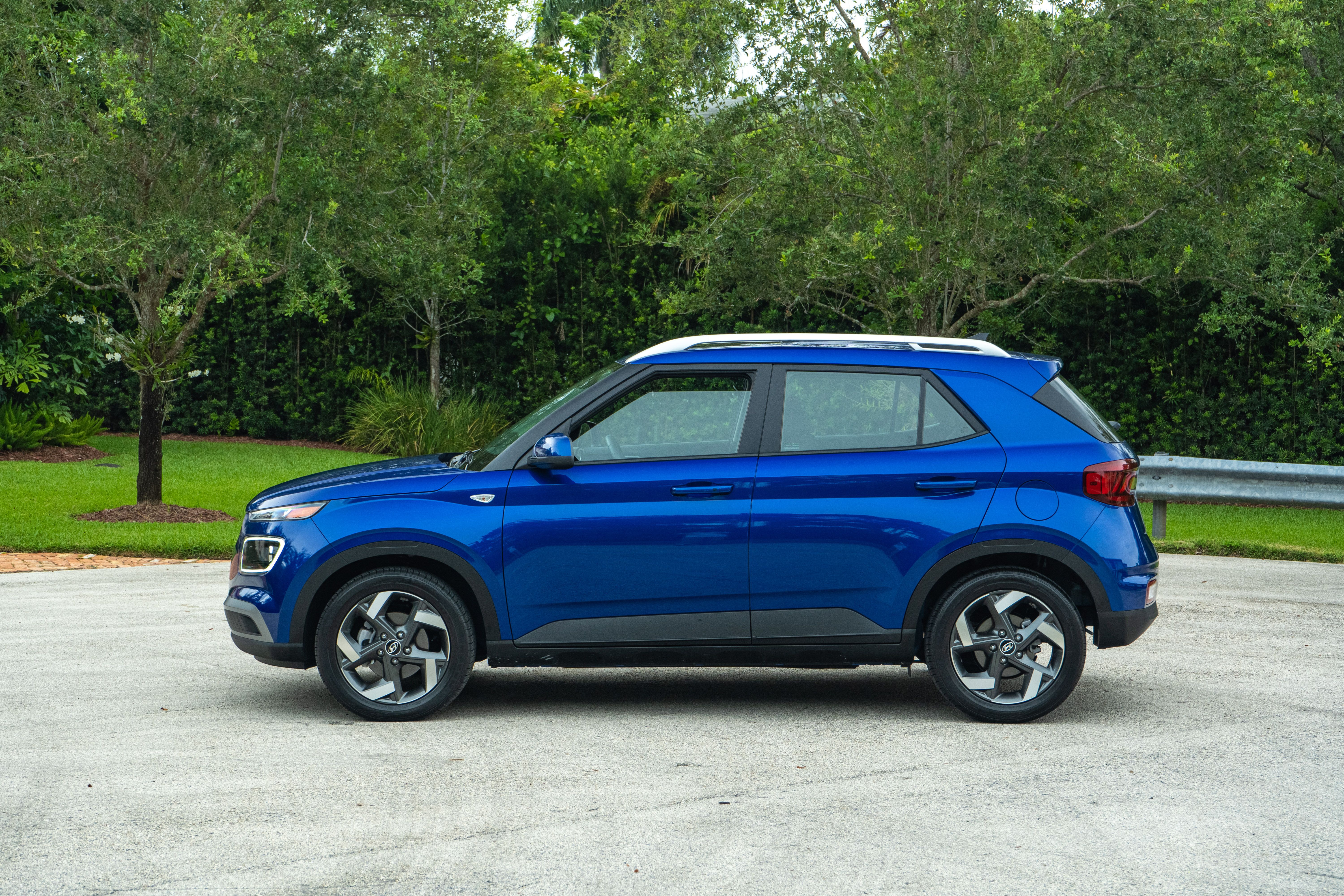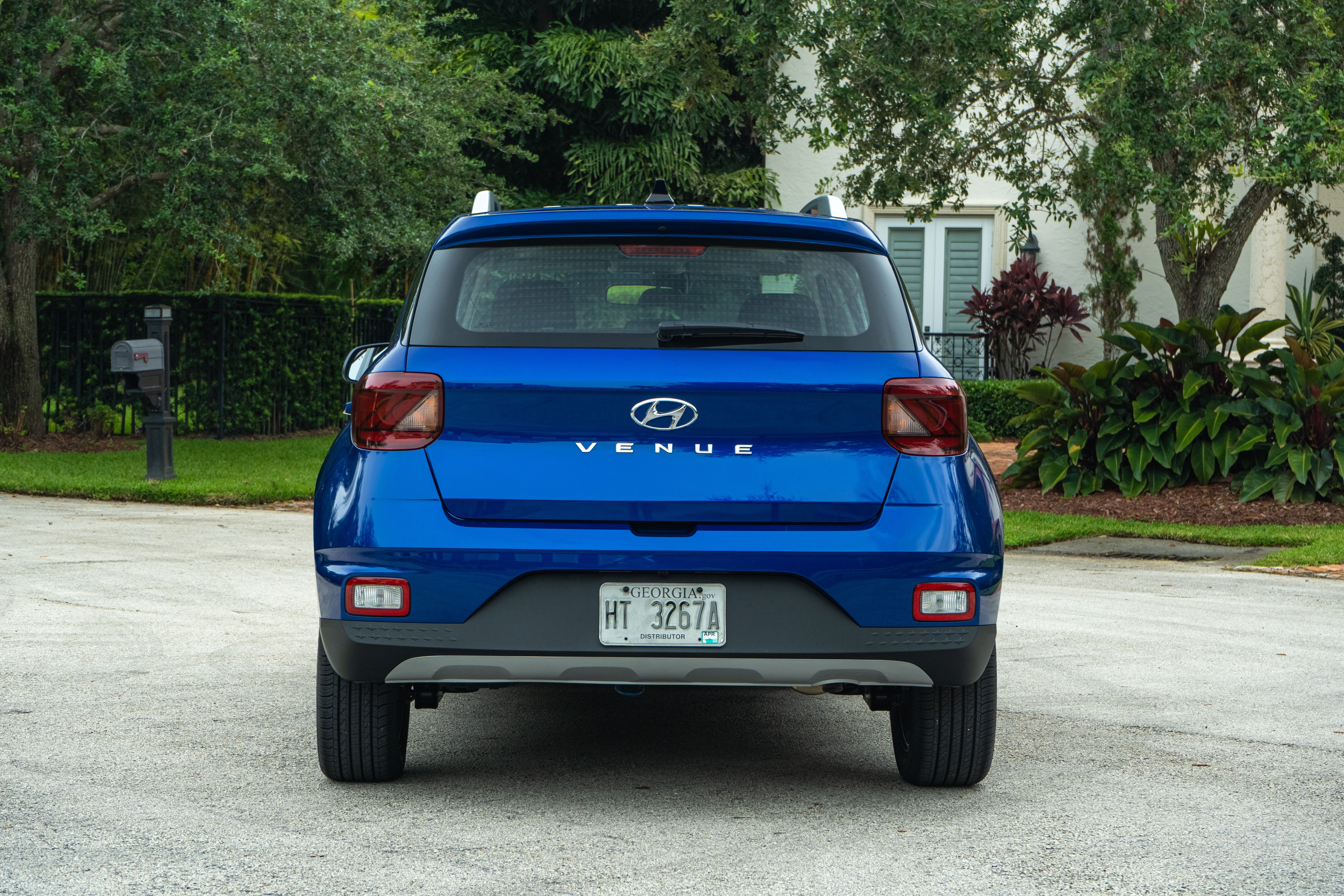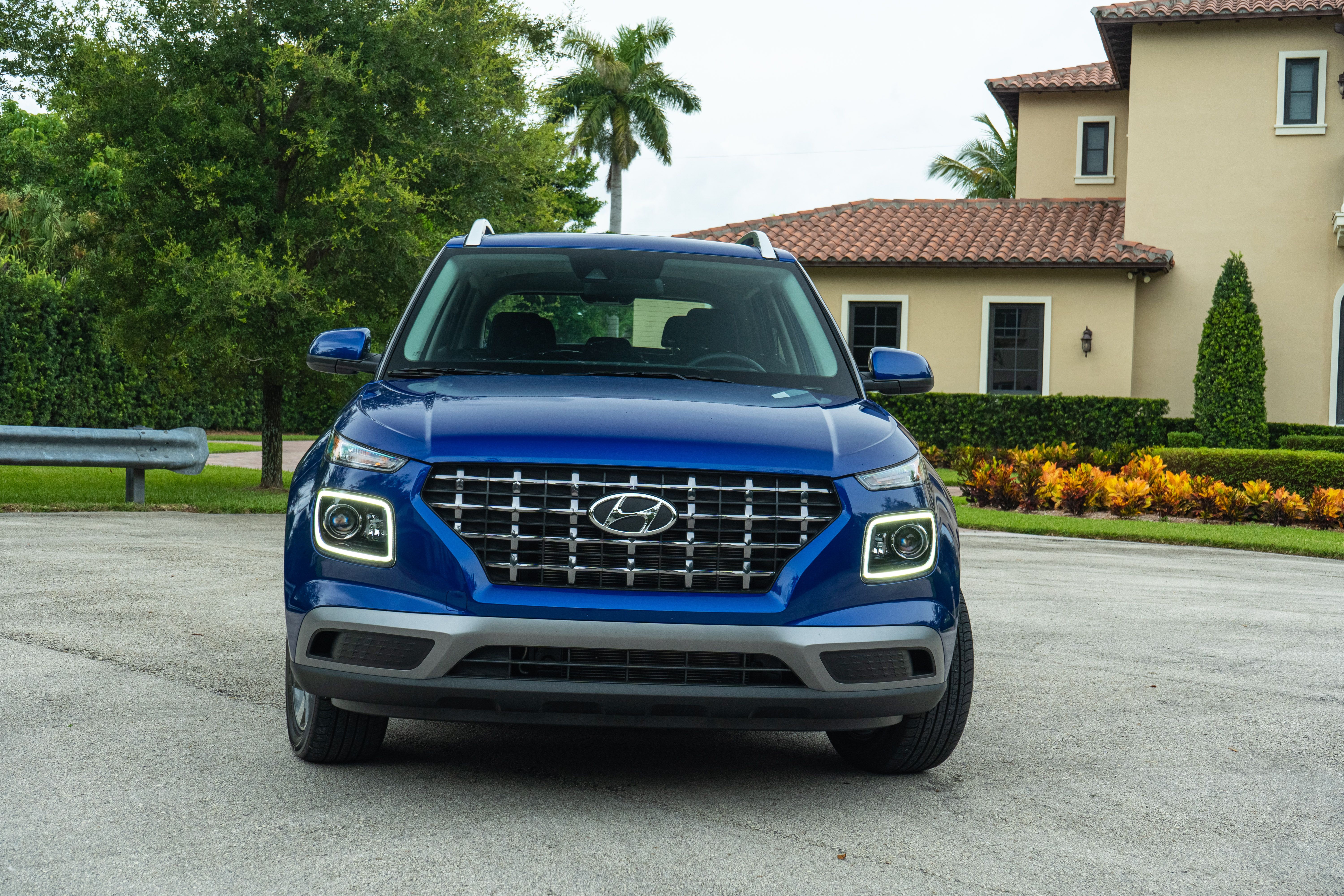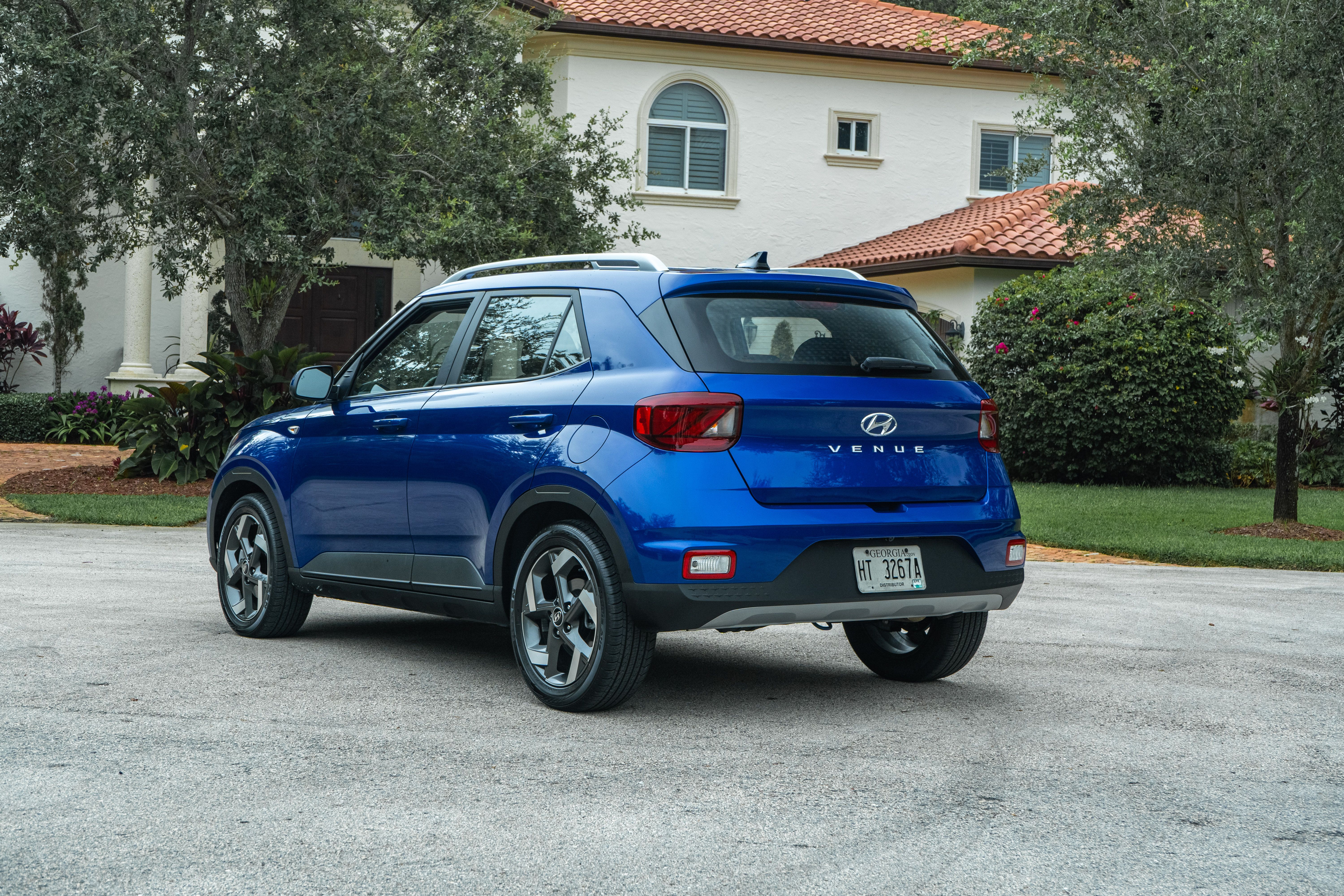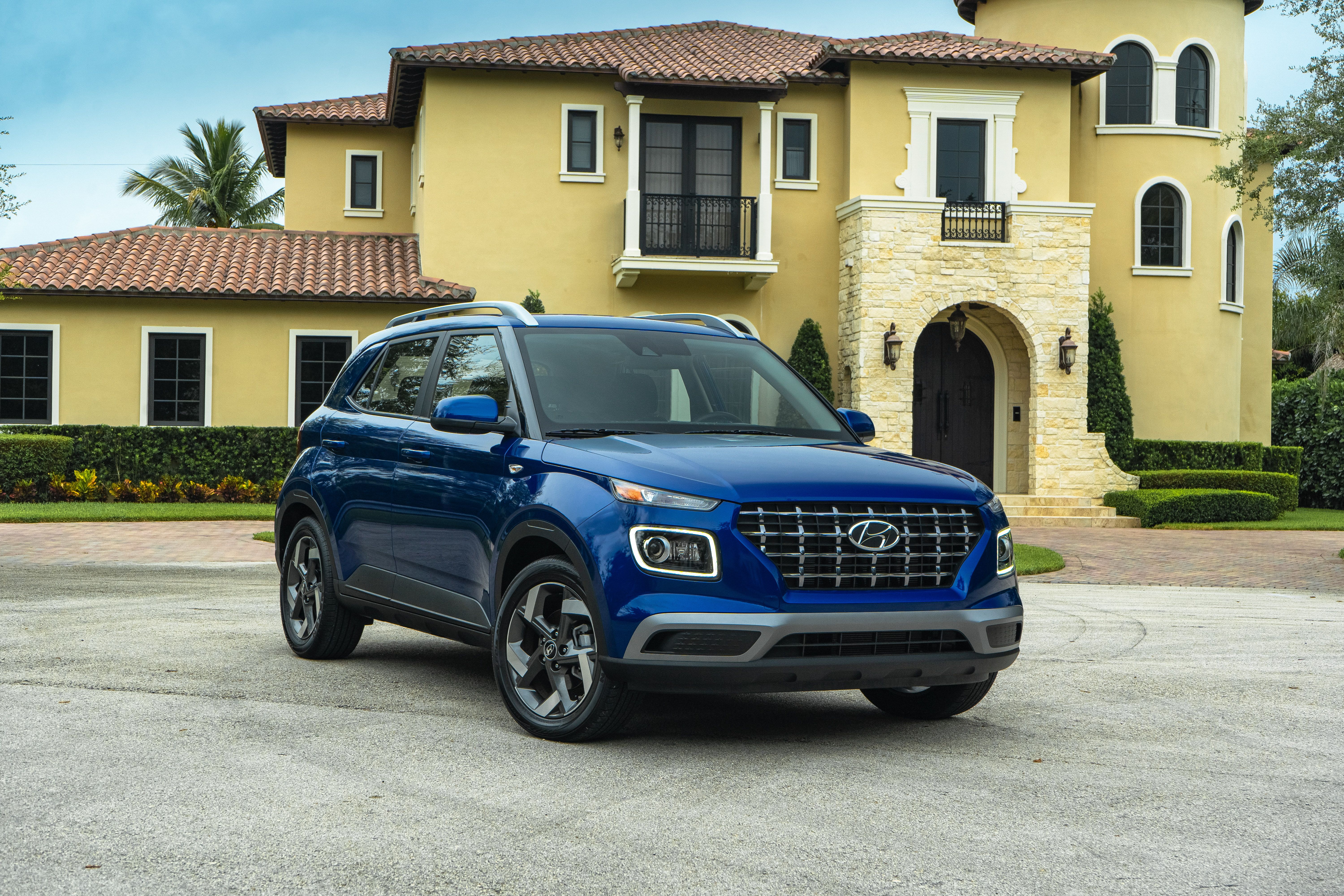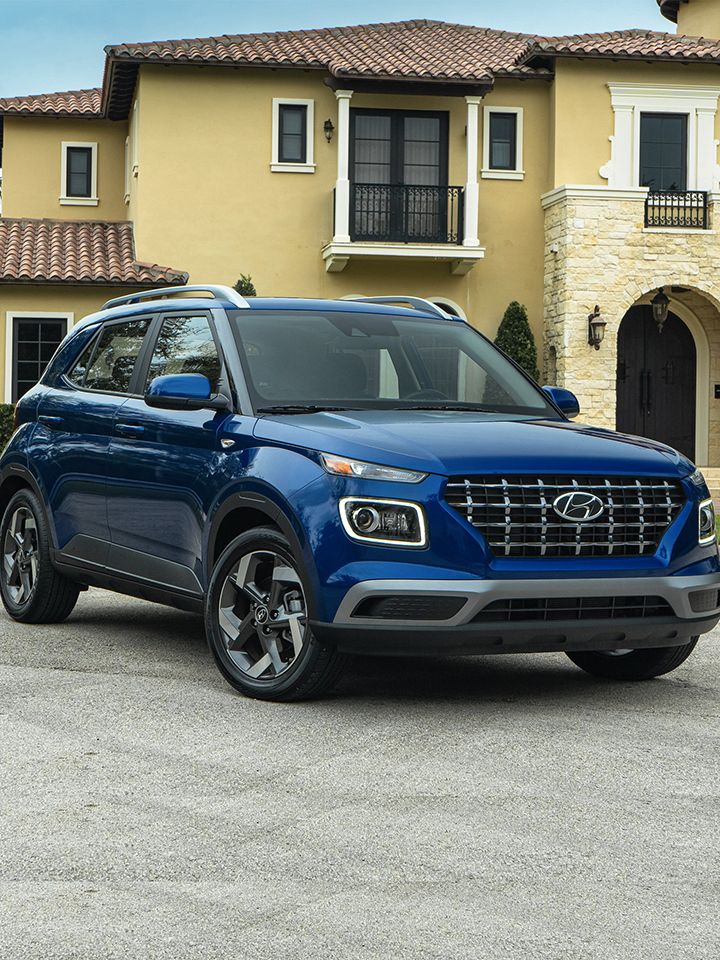The Hyundai Venue isn’t only one of the brand’s newest cars, but it’s also the smallest SUV or crossover the brand currently sells. As a subcompact model, it competes with models like the Mazda CX-30 and Honda HR-V, but there’s a catch, because the Venue is significantly smaller, sitting on the lower border of the subcompact segment. With that in mind, we have been itching to find out if a smaller, more affordable Hyundai can actually hold its own against the larger, more expensive competition. It does have its faults, but you’ll be surprised as to what those faults really are.
2021 Hyundai Venue Test Drive
- Make: Array
- Model: 2021 Hyundai Venue Test Drive
- Engine/Motor: flat-4
- Horsepower: 121
- Torque: 113
- [do not use] Vehicle Model: Array
Hyundai Venue Powertrain, Performance, and Capability
The Hyundai Venue is, quite literally, the definition of an entry-level crossover, so it’s not only small, but its power output isn’t exactly something to write home about. In fact, its power figures are so low that you’d think it’s powered by a three-cylinder, but it really totes a four-banger around. Care to learn more? Keep reading!
|
City |
Highway |
Combined |
Hyundia Venue |
30 |
33 |
31 |
|
|---|---|---|---|---|---|---|---|
|
Mazda CX-30 |
25 |
33 |
28 |
||||
|
Honda HR-V |
28 |
34 |
30 |
Hyundai Venue Exterior Design
The Hyundai venue is a very attractive vehicle, but it really has some strange Fiat vibes to it, but maybe that’s just me. The frameless grille design of our tester was one of the best parts about the front end, and the super-thin headlights feel a bit futuristic. The off-color of the front fascia does give it a slight “cheap” appearance, but overall it’s nothing bad. The side profile is actually really cool because the main body line is actually concave as opposed to being a sharp crease like you see on 90-percent of the vehicles on the road. Overall, the front and side profile, outside of the weird plastic inserts, really look and feel premium. The rear end, however, is a completely different story as it also has a bit of a Fiat vibe to it. It almost feels like a stretched hatchback (I know, technically it is) while Hyundai could have easily been a little more creative here. The taillights feel uneventful and dated, and the excess plastic on the rear fascia gives off that cheap appearance too. Overall, the Venue is a very attractive vehicle, however, there’s still some room for improvement.
Hyundai Venue vs competition - exterior dimensions
|
Length |
159.1 |
173 |
170.4 |
|---|---|---|---|
|
Width |
69.7 |
70.7 |
69.8 |
|
Height |
61.6 |
61.7 |
63.2 |
|
Wheelbase |
99.2 |
104.4 |
102.8 |
|
Front Track |
61.2 |
61.6 |
60.4 |
|
Rear Track |
61.6 |
61.6 |
60.6 |
Hyundai Venue Interior Design
While some of Hyundai’s larger vehicles feel plush and above their segment, it’s beyond clear that Hyundai started from scratch with the idea to make the Venue as affordable as possible. Because of this, you’ll notice there are very few soft-touch surfaces, even on higher trim levels. Everything else is as basic as basic can be – like the dated thumb controls on the steering wheel or the panel of buttons to the left of the steering wheel – all things that would feel fresh on models from the early 2000s. Even the HVAC controls feel like they were borrowed from somewhere else, however, we can’t exactly recall from where. Even the cut design of the dash – the way it buts up to the concave section in the door panels show that Hyundai was concerned less with design and more with functionality. The infotainment display sits between the central HVAC vents, and the way it is mounted makes it feel like it was added as an afterthought. Overall, the cabin of the Venue is functional, but if you’re into higher-quality materials and better fit and finish, then the Venue might not be for you – unless your budget limits you, of course.
Hyundai Venue vs competition - interior dimensions
|
Front Headroom |
39.4 |
38.1 |
39.5 |
|---|---|---|---|
|
Front Shoulder Room |
53.9 |
55.6 |
56.8 |
|
Front Hip Room |
52.1 |
54.6 |
53.1 |
|
Front Leg Room |
41.3 |
36.3 |
41.2 |
|
Rear Headroom |
38.6 |
38.3 |
38.3 |
|
Rear Shoulder Room |
53.7 |
53.6 |
54.5 |
|
Rear Hip Room |
43.5 |
53.2 |
47.4 |
|
Rear Leg Room |
34.3 |
36.3 |
39.3 |
Hyundai Venue Pricing
Pricing is where the Hyundai Venue really shines and it makes its smaller footprint make a little more sense. Pricing for the Venue starts at just $18,750 and goes up to a maximum of $22,050, which is – ironically – the starting price of the Mazda CX-30 and just a little over the starting price of the Honda HR-V. In other words, you can get the best trim of the Venue for the entry price of the CX-30.
Hyundai Venue vs competition - prices
|
Hyundai Venue |
$18,750 |
$22,050 |
|---|---|---|
|
Mazda CX-30 |
$22,050 |
$28,700 |
|
Honda HR-V |
$21,220 |
$27,520 |
Final Thoughts
At the end of our week with the Hyundai Venue, we walked away fairly impressed. Not by the technology, not by the design, and not by the performance, but by the car as a whole and how little it actually takes to own one. Granted, you won’t find a lot of the niceties that you find in other models, but it’s clear from the onset that the Venue is designed, at its core, for people on a budget and at that it excels very, very well.
FAQ
Q: How Much Power Does the Hyundai Venue Have?
Q: Does the Hyundai Venue Come With AWD?
While it might seem odd for a crossover on today’s market to not be offered with AWD, that’s the case with the Hyundai Venue.{{ In fact, it can only be had with front-wheel drive while both the Mazda CX-30 and Honda HR-V can both be optioned with AWD.}}
Q: Hyundai Venue Fuel Economy
{{The Hyundai Venue’s biggest claim to fame (arguably) is its fuel economy rating of 30 mpg in the city, 33 mpg on the highway, and 31 mpg combined.}} That puts it well above the Mazda CX-30 at 25, 33, and 28, respectively. The Honda HR-V also falls short, but only in the city and combined, with 28 mpg in the city, 34 mpg on the highway, and 30 mpg combined.
Q: Can the Hyundai Venue Tow A Trailer?
{{Despite the low horsepower and torque output, the Hyundai Venue is actually capable of towing up to 1,760 pounds when properly equipped.}} The Mazda CX-30 can tow a bit more, with a rating of 2,000 pounds, but the Honda HR-V really loses out as it’s not recommended for towing at all.
Q: How Much Does the Hyundai Venue Weigh?
The impressive fuel economy of the Hyundai Venue comes courtesy of, at least in part, its low curb weight of 2,612 – 2,738 pounds, which is significantly less than the 3,234-pound Mazda CX-30 and the 2,906-pound Honda Hr-V.
Q: How Big Is the Hyundai Venue?
{{The Hyundai Venue sits very low in the subcompact crossover food chain, measuring 159.1-inches long, 69.7-inches wide, and 64.6-inches tall.}} It also rides on a 99.2-inch wheelbase. These numbers are significant because this also makes the Venue much smaller than the CX-30 and the Honda HR-V – in fact, it’s more than a foot shorter than the CX-30 and almost a foot shorter than the HR-V.
Q: How Big Is The Interior of the Hyundai Venue
Hyundai had to make sure that the Venue was smaller (and cheaper) than the Kona, which means some concessions had to be made if there was going to be anything close to a comfortable cabin. Hyundai did manage to pull it off, though, and despite the fact that the Venue is smaller than the CX-30 and HR-V, it’s interior dimensions are pretty close. Check out the table below to see how they stack up
Q: How Much Cargo Does the Hyundai Venue Carry?
{{Remember how I said some concessions to the interior had to be made, well those concessions were made to cargo room, where you’ll get just 18.7 cubic-feet or a maximum of 31.9 cubic-feet if you lay the rear seats down.}} It’s not bad for a subcompact crossover this size, but if you’re someone who carries a lot, the competition might be a better choice. The Mazda CX-30, for example, can carry around 20.2 cubic-feet in base configuration or 45 cubic-feet if you lay the rear seats down. {{Meanwhile, the Honda HR-V wears the crown here with 24.3 – 57.6 cubic-feet of cargo room, the latter figure actually approaching small midsize territory.}}
Q: How is the Hyundai Venue’s Infotainment System?
The Hyundai Venue’s infotainment system might look like it was added as an afterthought, but it’s actually peppy and easy to use. {{The eight-inch display comes standard with Apple CarPlay and Android Auto, while the built-in navigation will feel very familiar if you’re used to either Google Maps or Apple Maps.}} The menus are easy to recall and understand, and while the system is rather simple, it’s functional and fits in well with the nature of the venue.

